Nexø
Marina near Nexø
Latitude
55° 3’ 48” NLongitude
15° 8’ 13.3” EDescription
Largest and busiest fishing port on the south-east coast of the island of Bornholm.
NV Cruising Guide
Navigation
The harbor can be approached day and night in the bearing line of the leading light (2 F.G) at 232°. During the day, keep the church in line with the harbor entrance and enter the harbor this way. If the port is closed due to overcrowding - which happens almost exclusively in winter during the main fishing season - the following signals are set at the white silo: 3 red fixed lights at night and an additional black ball during the day.
Maximum speed in the port max. 4 kn.
Berths
Sports boats are moored in the northern old basin at a water depth of 3m and in basin 2 at stern buoys. Large yachts can (by arrangement with the harbour master) also moor at the southern quay of the traffic harbour (5m water depth).
There are no longer any active fishermen in Nexø and mooring is possible throughout the harbour. Electricity and showers via Telly Card, but there is no vending machine. The harbor master is available until 16:00. Then only again at 09:00 on working days. The following information is out of date! Harbor basins 1, 3 and 4 are reserved for fishing vessels; pleasure craft are not allowed to moor here.
Surroundings
The town has very good supply options. Diesel, petrol, a customs office and extensive repair facilities are also located near the port.
NV Land Guide
Scenery worth seeing, not a particularly beautiful townscape. This brief description of Bornholm's second largest town with 3800 inhabitants is also due to a historical event that happened not so long ago. Russian bombers destroyed large parts of the old town in the final days of the Second World War, meaning that the typical high-rise buildings and cozy alleyways of the past are now in short supply. Only around the Gåsetorvet and the Kofoedsgade northwest of the harbor is there still a "Kvarter med ældre huse" (district with older houses).
Because of its geographical location, Bornholm was so strategically important for the German Eastern Front that the island was held until the end of the war. Although the surrender negotiations had already envisaged the takeover by British troops, the Russians bombed the island at the beginning of May 1945, gaining access to the island before the British did.
A memorial plaque on the corner of Paradisvej and Havnegade commemorates the reconstruction of Neksø. At that time, the Swedes donated 75 wooden houses to the town. Svenskebyen, the Swedish town, has remained in Neksø to this day.
The town's museum is located right next to the northern harbor basin in Havnen Street. It was built in 1796 as a courthouse and guardhouse, used as a warehouse in 1858 and has been a local museum for changing exhibitions with a special focus on seafaring and fishing since 1969. The boat hook in the town's coat of arms makes it clear that these two sources of income are the most important in Neksø. Of course, a sailor's home is a must. It is located by the harbor at Købmagergade 27.
Neksø is built on limestone. Sandstone is often used as a building material for the town's buildings, ramparts and walls.
Buildings worth seeing in the town include the Gamle Rådhus (Old Town Hall) in Købmagergade 9, the Sonnegården (Sun Court) in Købmagergade 18 - 20 and the Kirkeskolen (Church School) in Købmagergade 24. Like the church, these three buildings are located in the immediate vicinity of the fishing harbour. St. Nicholas Church, dedicated to the patron saint of seafarers, was built in 1450. The church tower was probably not built until the 16th century. The beautiful half-timbered structure and the copper spire of the tower are remarkable. The north wing was added in 1760. A sandstone plaque on the gable reads: "This building is a treasure patiently collected by the church. The king gave the stones, the people the work."
Continuing 300 m further west, you come to Stormgade, where a row of strikingly small houses stands. They were built as early as 1875 as workers' housing. The cute little shepherd's house at the entrance to Rønnevej in the west of the city was once the guardhouse of the city shepherd, who had to make sure that the free-range cattle did not leave the city pasture.
The Bakkemølle on Højhovvej was built in 1871. The wings can be turned into the wind on the beams leading to the hilltop.
The town's famous son is the poet Martin Andersen Nexø. His childhood home is located at Ferskesøstræde 36 in the south of the city. A memorial plaque in the sandstone fence of the house commemorates the poet, who came here with his family in 1877.
A little further south, a bust of the poet was erected on Lake Ferske in 1969. The park around the lake is perfect for a stroll. About one kilometer southwest of the lake is Fandens Keglebahne (the devil's bowling alley). The stone, which according to legend served as the devil's bowling ball, is carved with Bronze Age drawings and 17 bowl-shaped indentations.
A few kilometers northwest of Neksø are the Paradise Hills, a wilderness-like nature area that you should take a day to visit (see Årsdale). Three kilometers along the coastal road to the northern town of Årsdale, you will come across the Malkværn redoubt, where three citizens of Svaneke defended the town against the Swedish invasion in 1645 and fell in the process. The most famous of the three, Albert Wolffsen, has a memorial stone here, which reads: "He died heroically for king and country."
The Gamrebjerg ridge, six kilometers west of the town, offers a good view of southeast Bornholm from a 91-meter-high vantage point.
On the way to the miles of sandy beaches south of Neksö, you pass a long coastal redoubt built to defend the island. The sandy beaches stretch from Snogebæk to the southern tip of the island and beyond. The lovely dune landscape is in stark contrast to the rugged cliffs in the north of Bornholm.
There are two sides to the hustle and bustle in Neksø harbor: the negative is the noise and the positive is that there is always something to look at. Fishermen from neighboring countries seek shelter here from heavy weather. The fishing port has been extended many times, most recently in 1980. The dry dock is already 100 years old. It was blasted out of the sandstone cliffs in 1892. Today there is a hydraulic slipway here.
The memorial fountain is located near the harbor at Strandgade am Torvet. Its inscriptions commemorate important events in the city's history. The figure in the middle of the fountain represents the sea god Triton, son of the sea god Poseidon.
Marina Information
| Max Depth | 5 m |
Contact
| Phone | +45 5649 2250 |
| Please enable Javascript to read | |
| Website | https://www.nexohavn.dk |
Surroundings
Electricity
Water
Toilet
Shower
Restaurant
Imbiss
Crane
Atm
Fuel
Grocery
Boatyard
Ramp
Public Transport
Bikerental
Garbage
Comments
You can add comments with the NV Charts App (Windows - iOS - Android - Mac OSX).
You can download the current version at nvcharts.com/app.
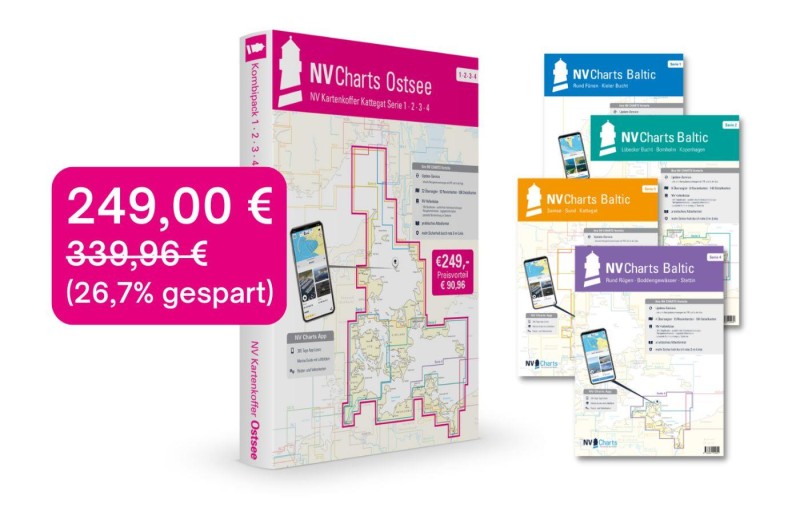
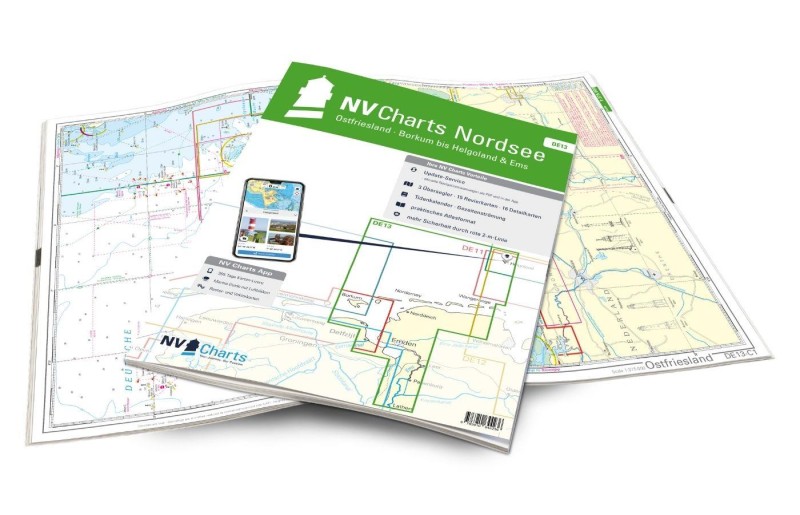
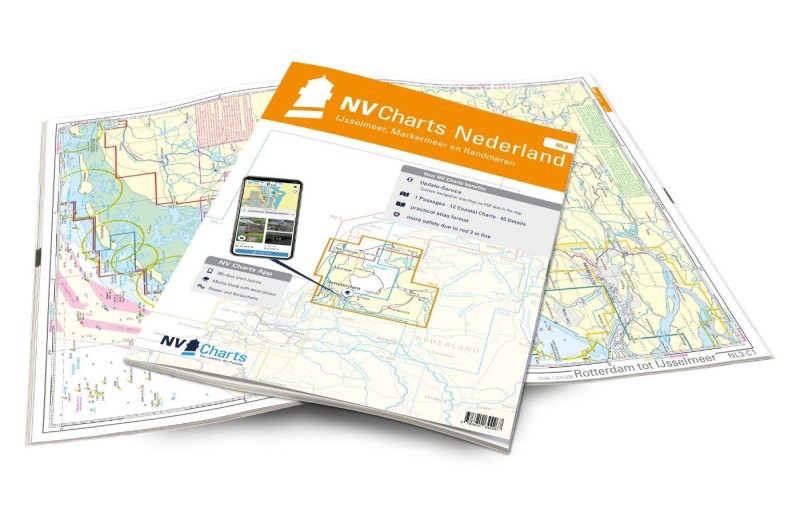
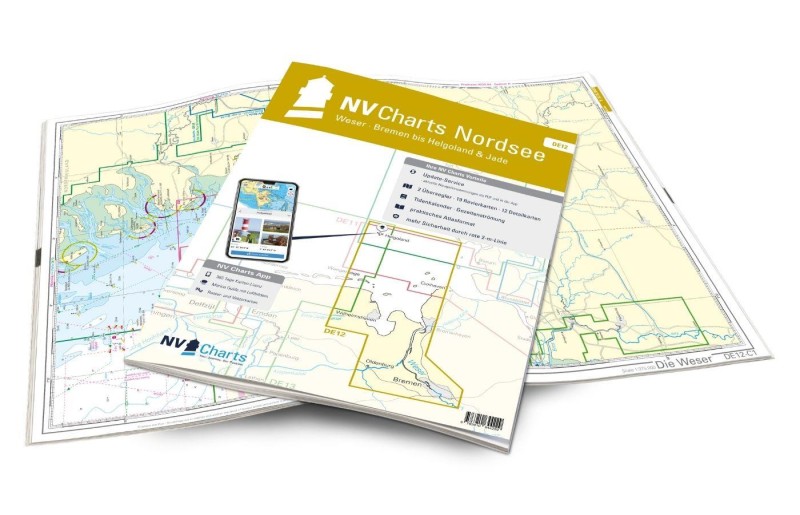
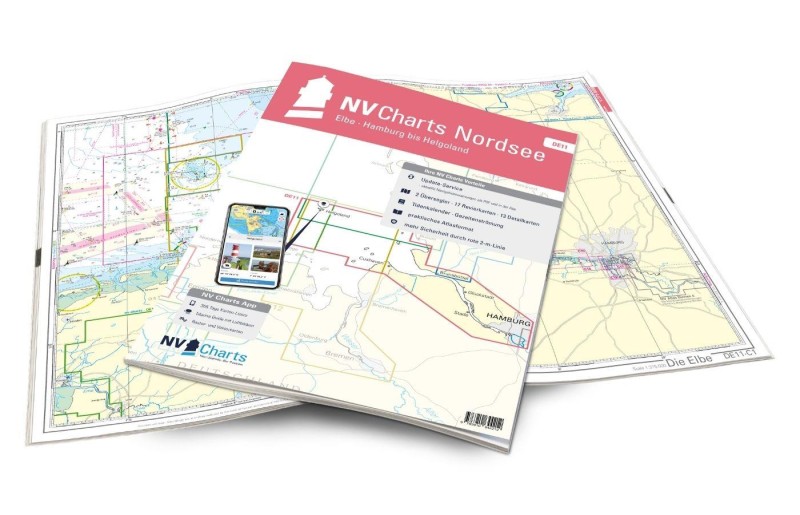
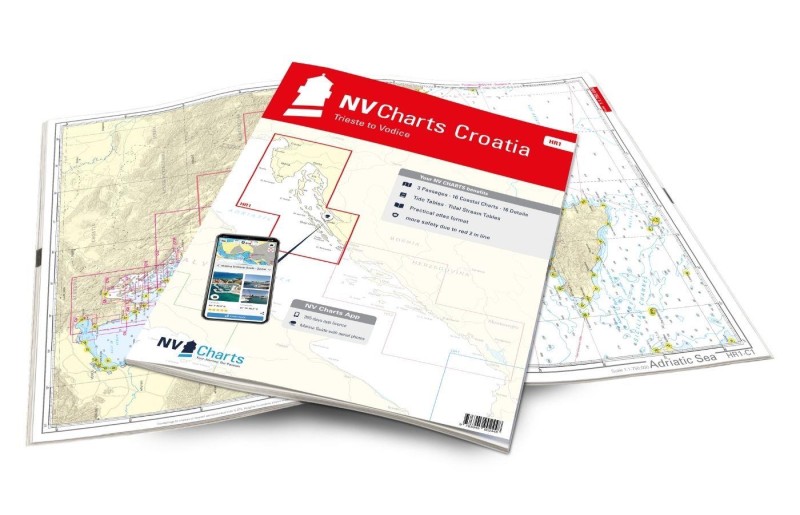
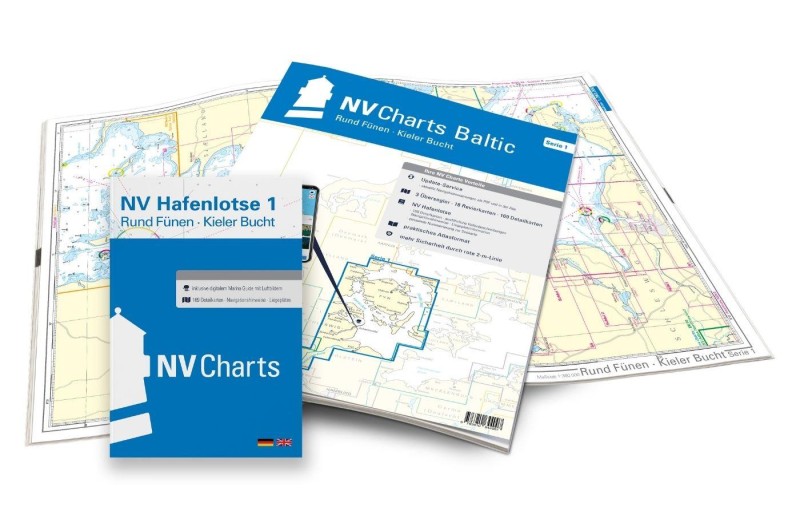
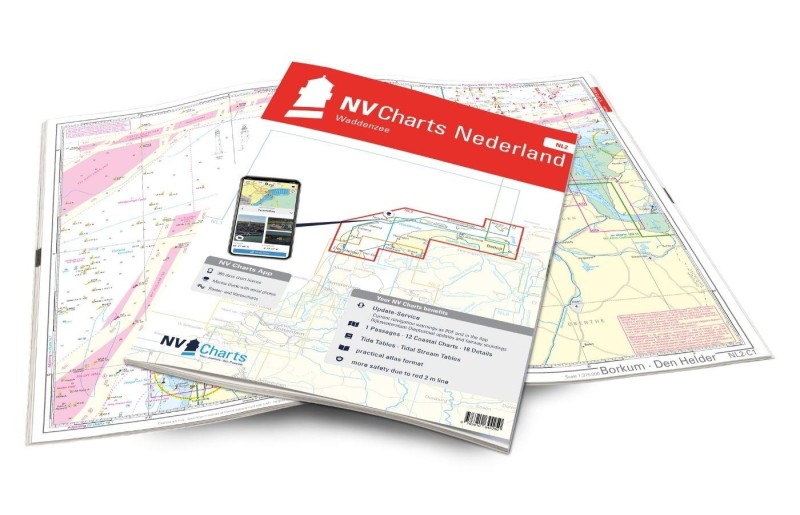
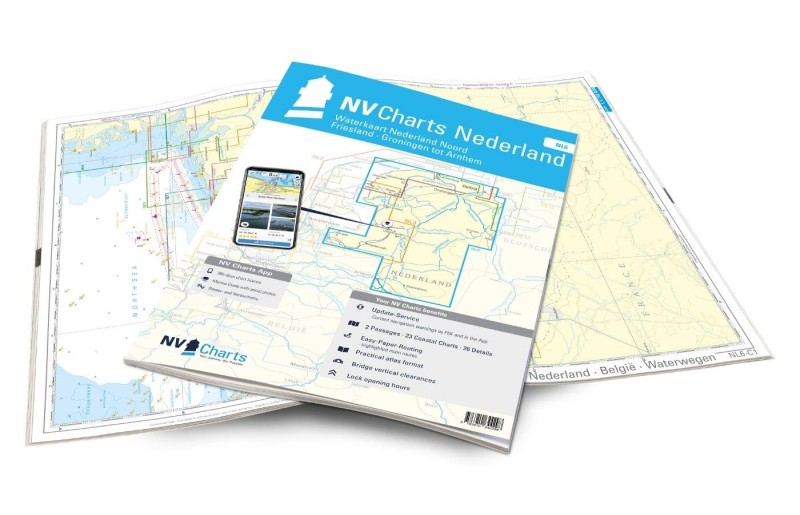
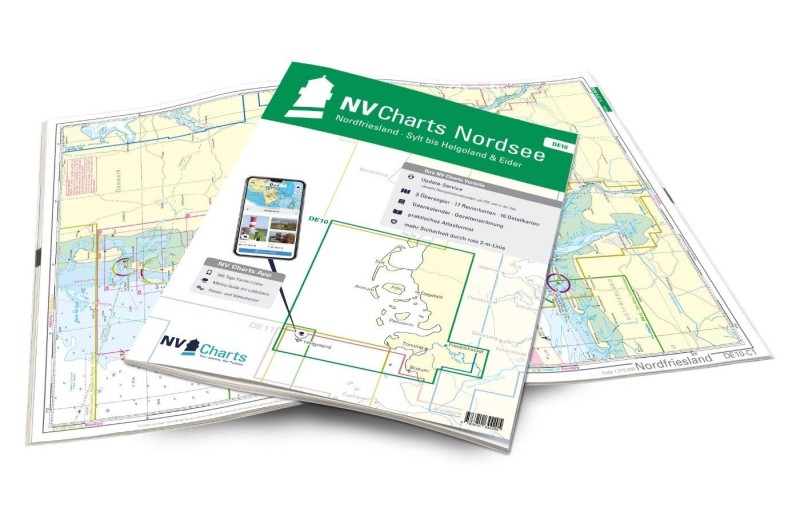
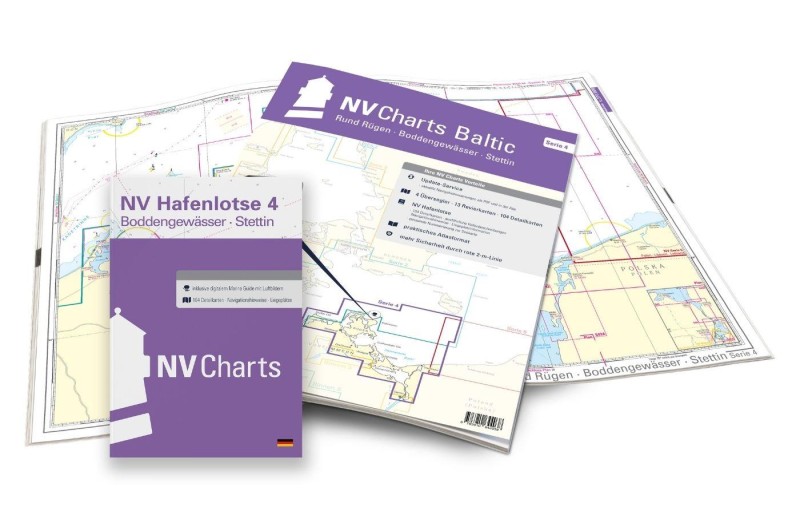
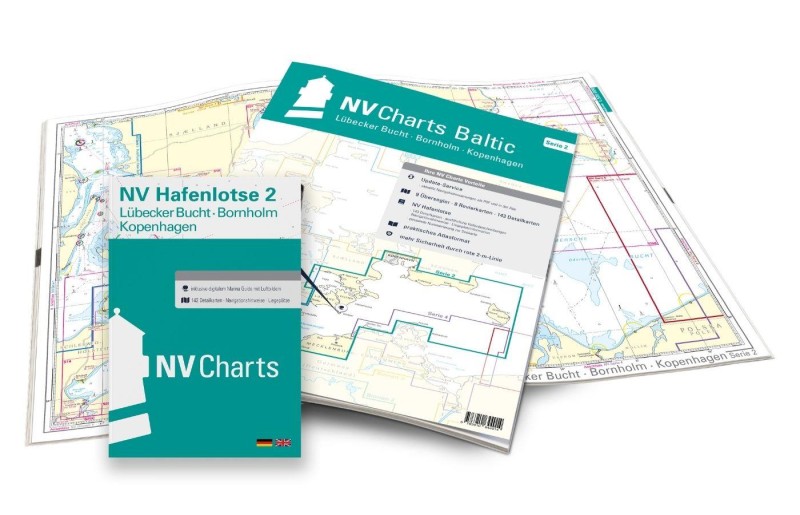
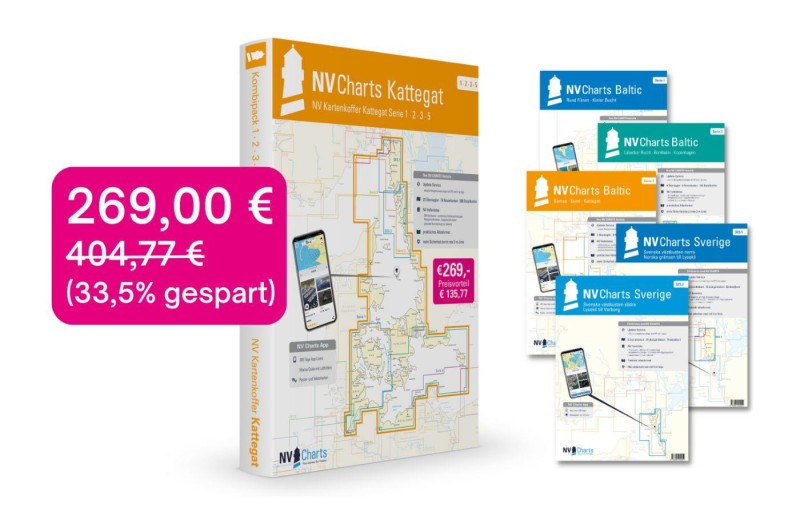
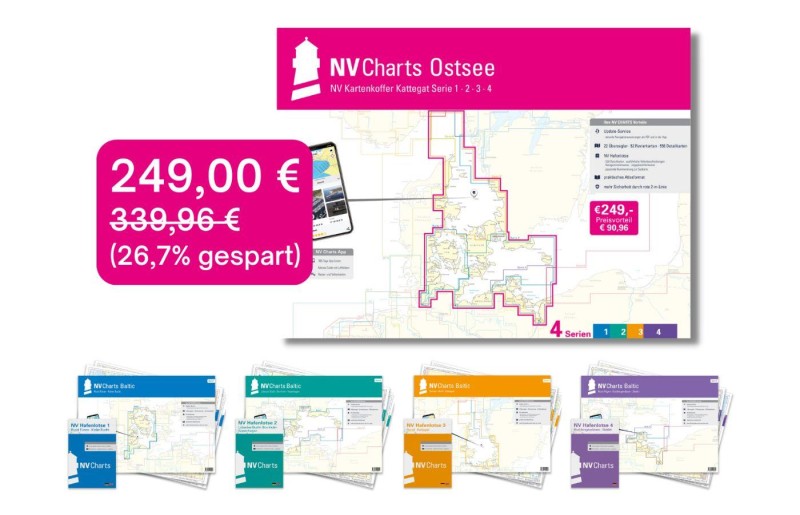
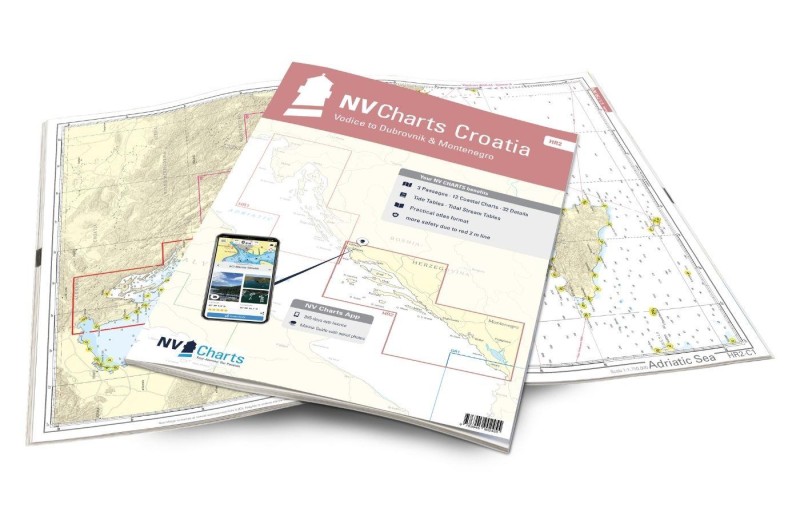
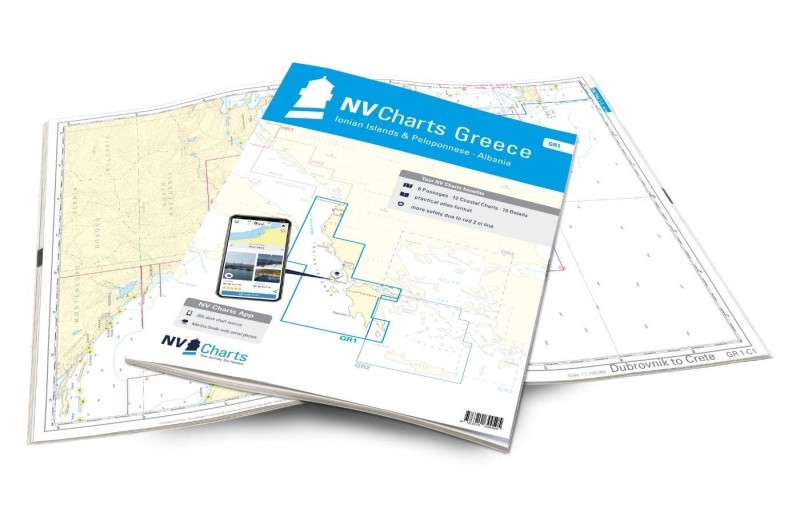
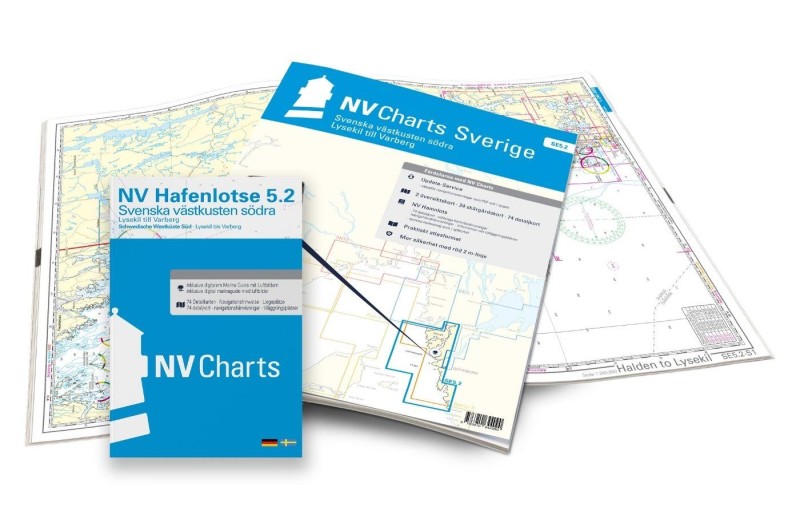
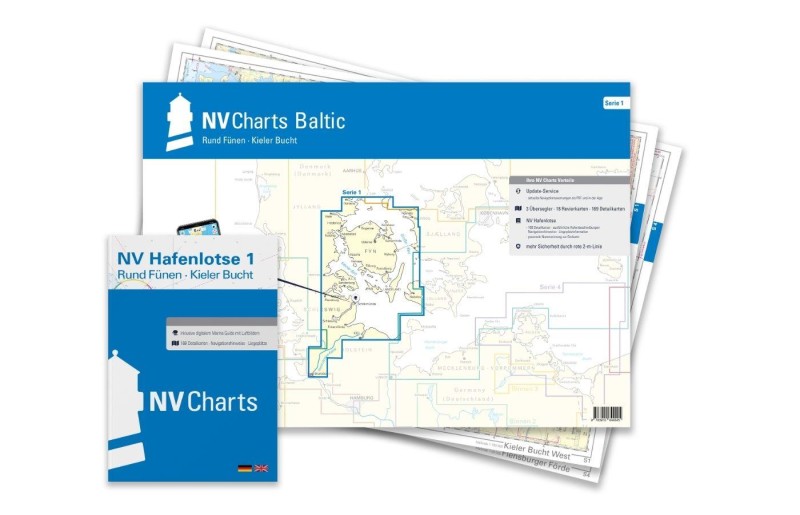
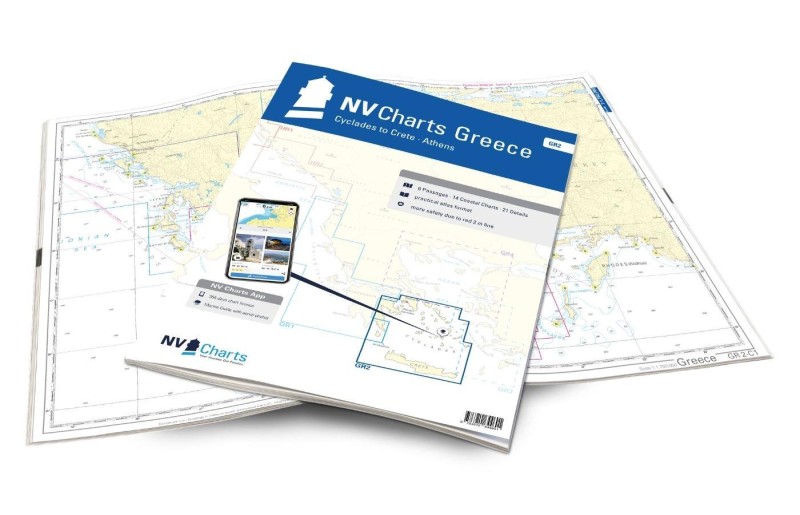
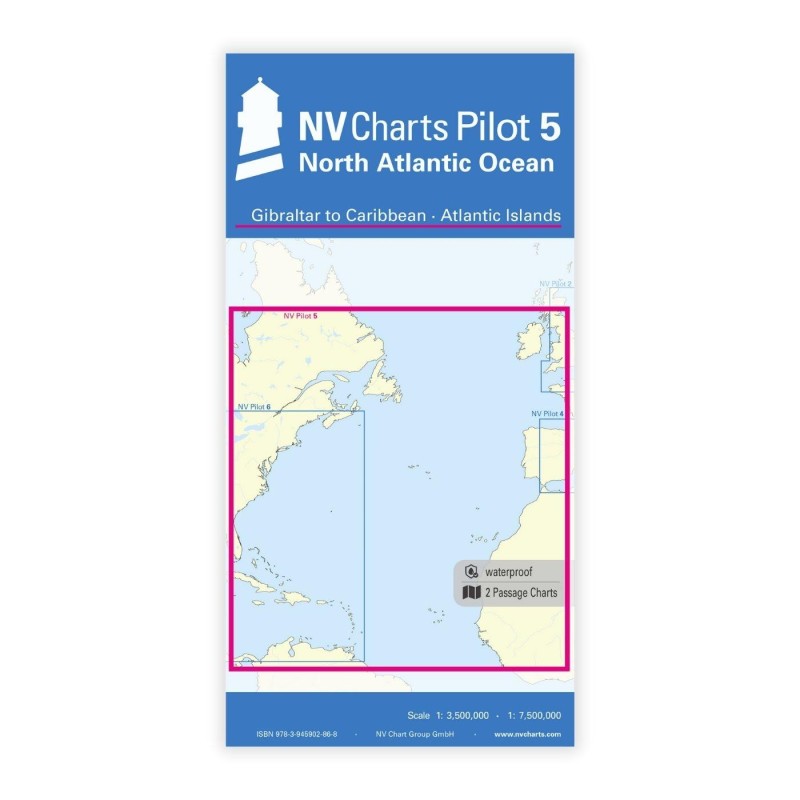
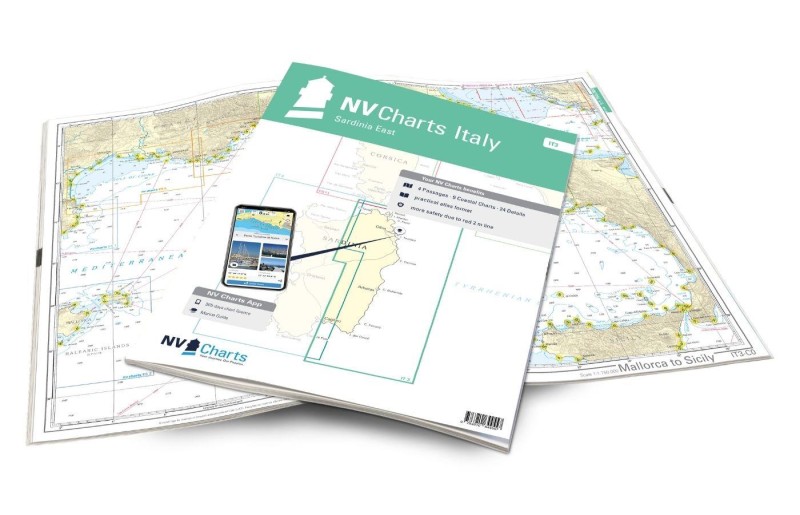
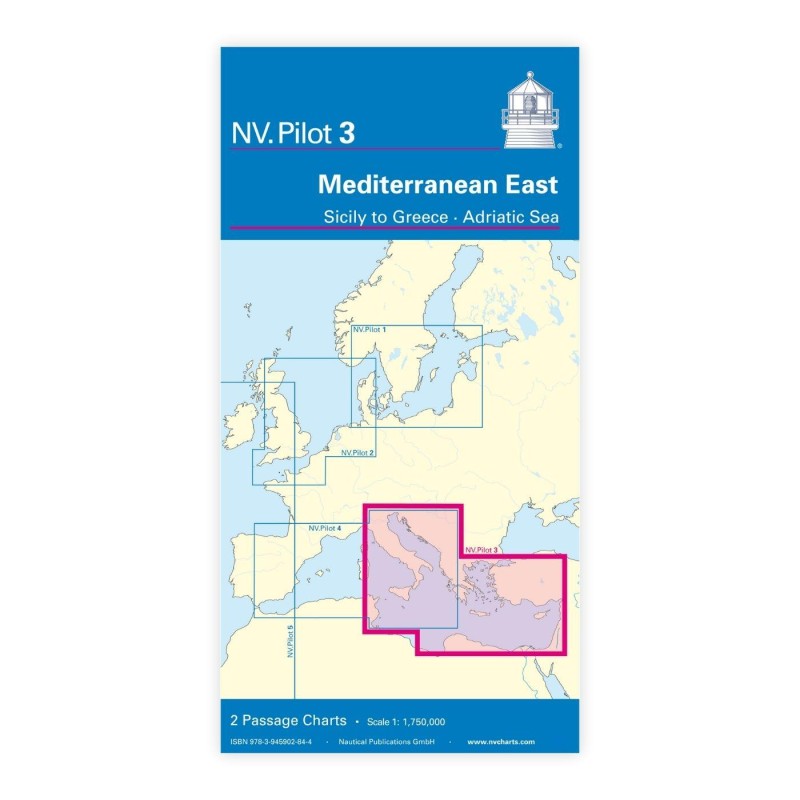
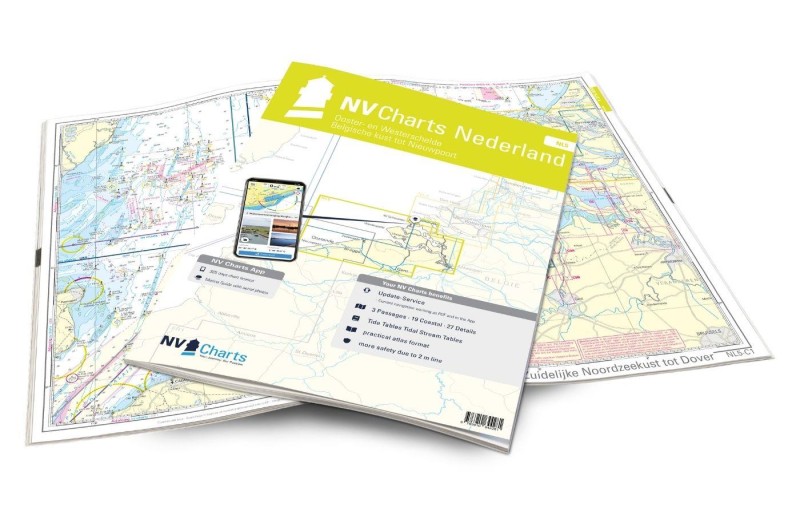
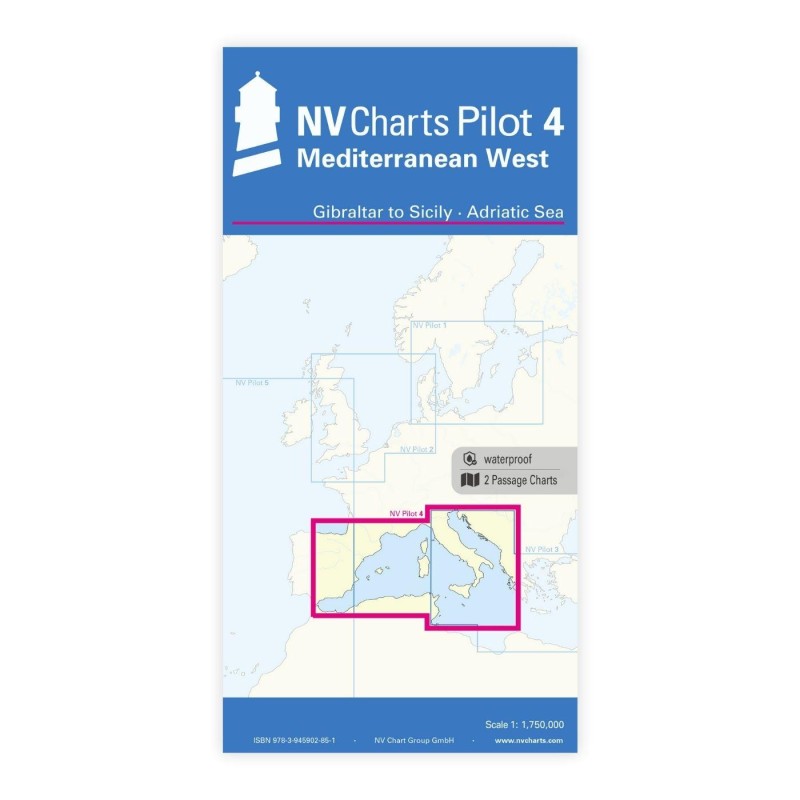
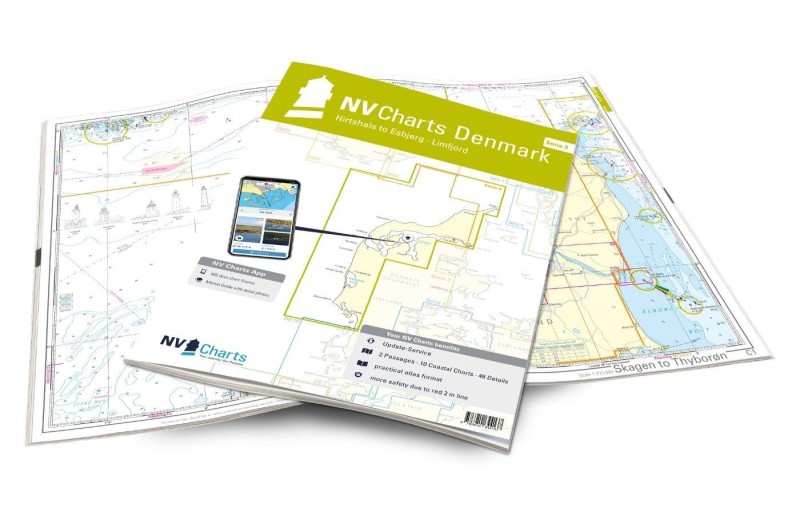
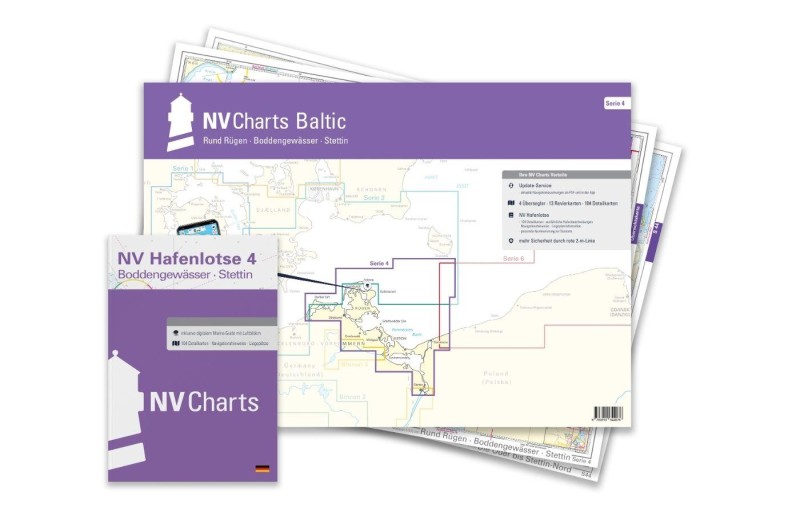
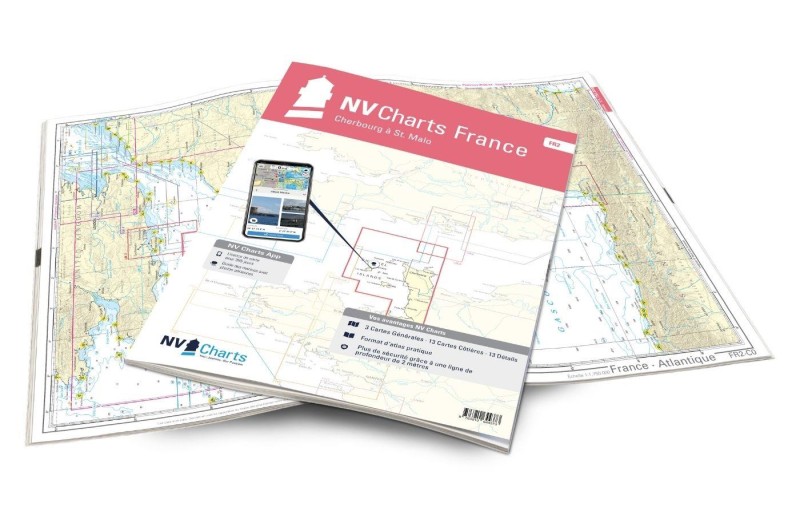
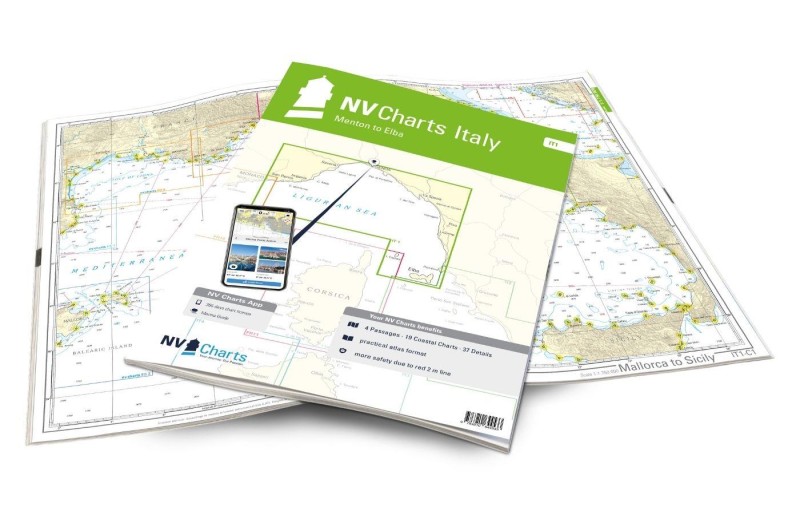
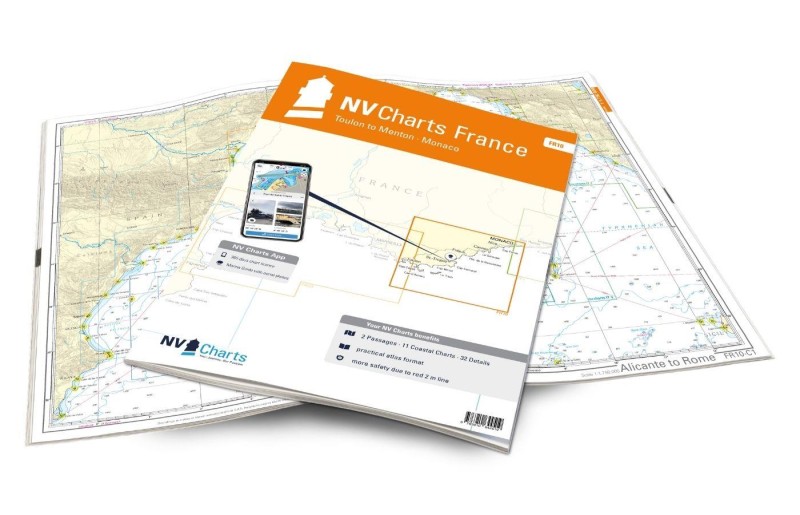
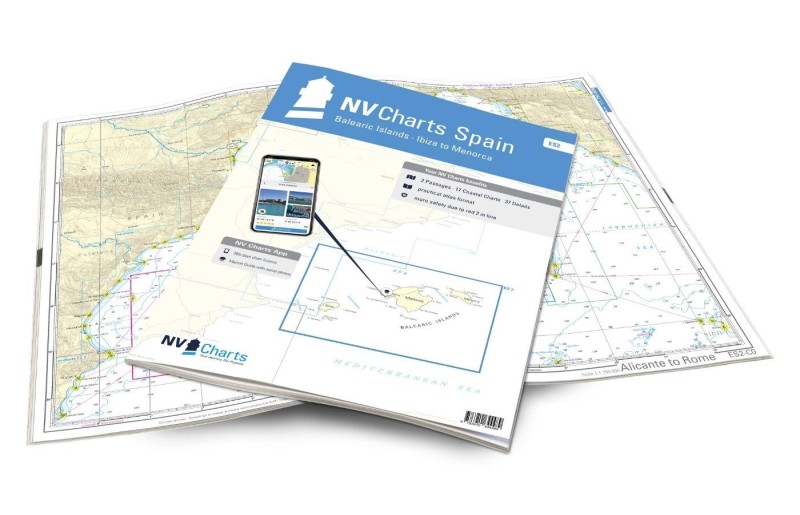
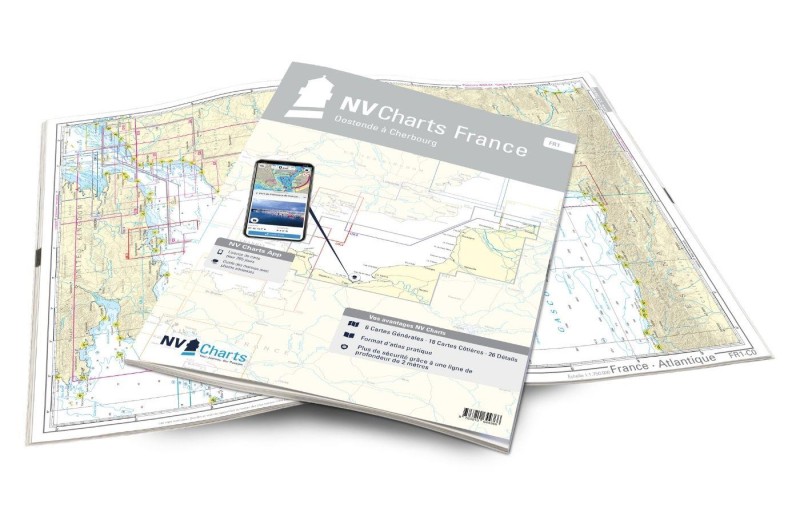
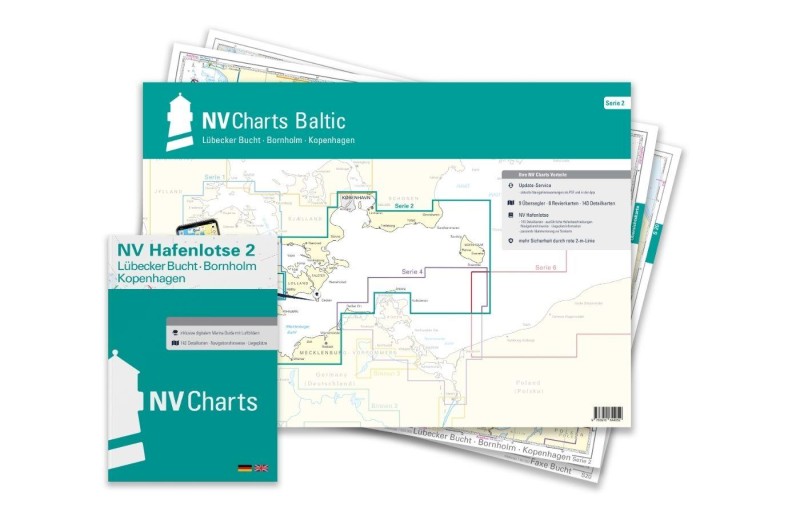
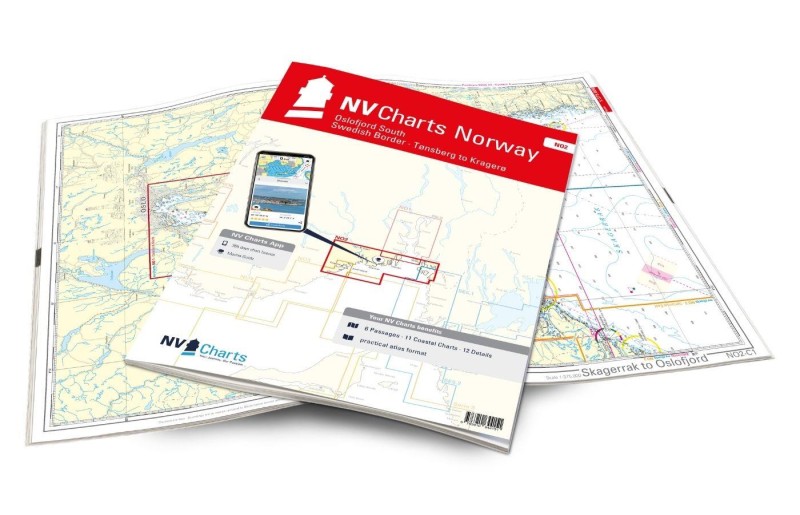
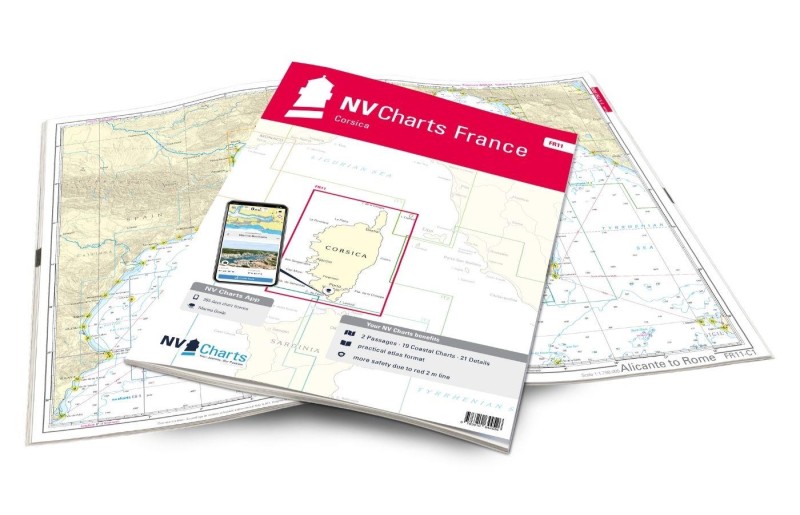
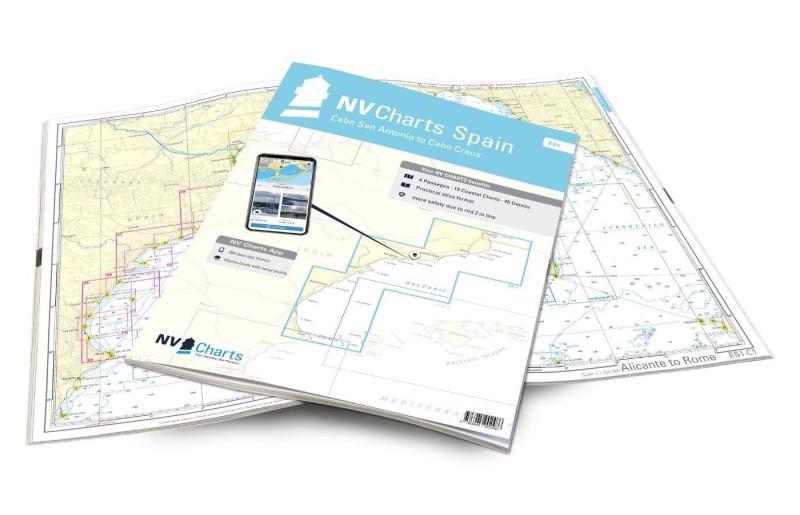
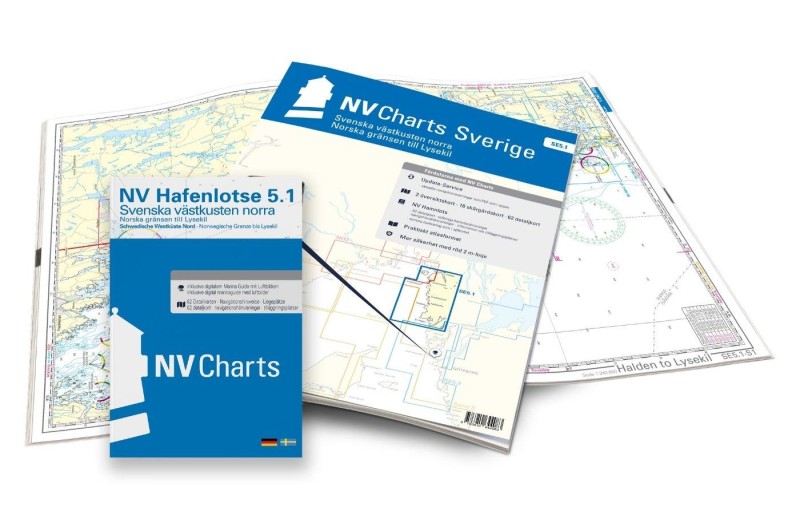
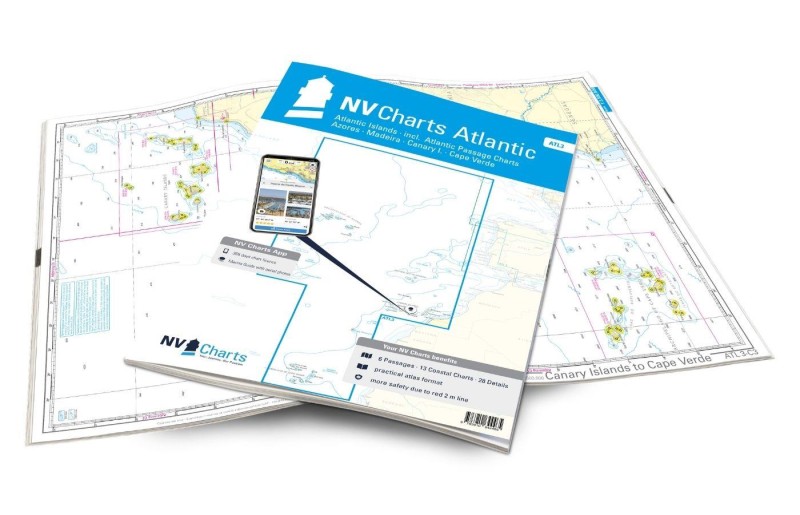
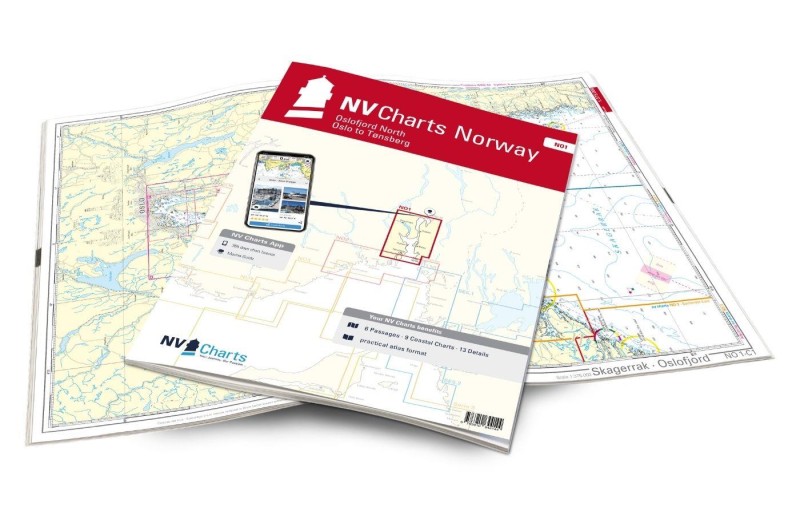
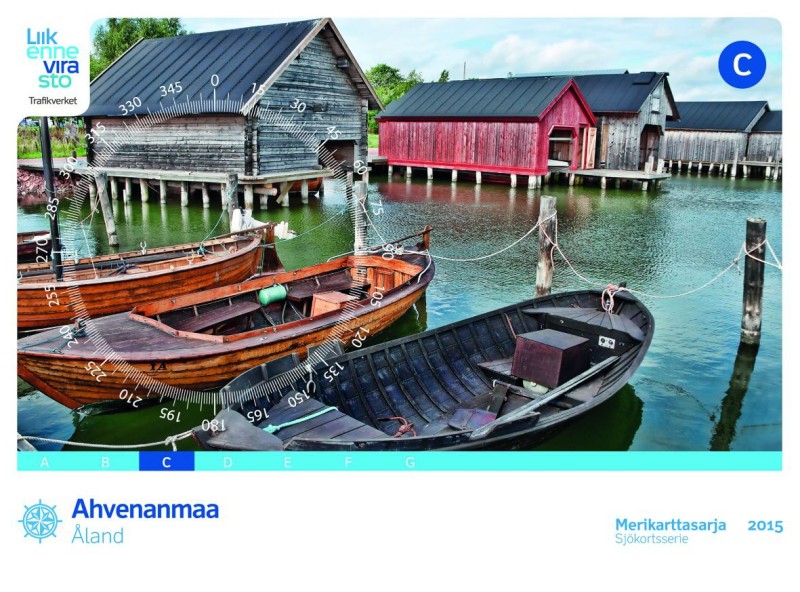
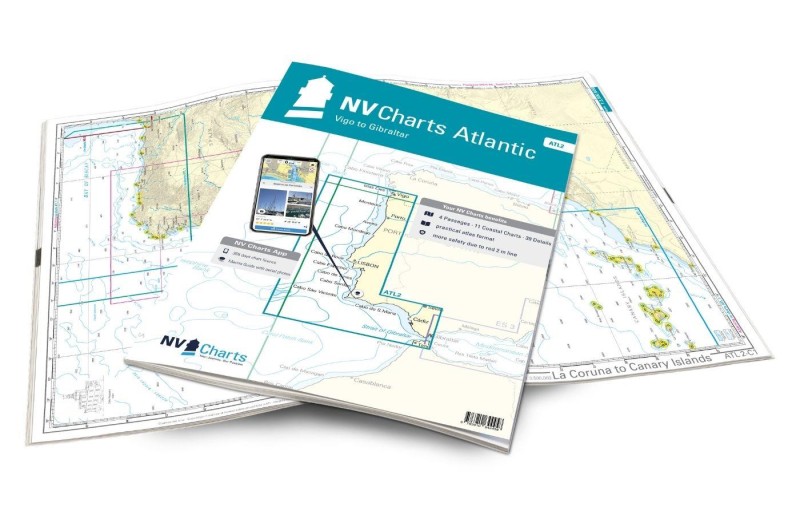
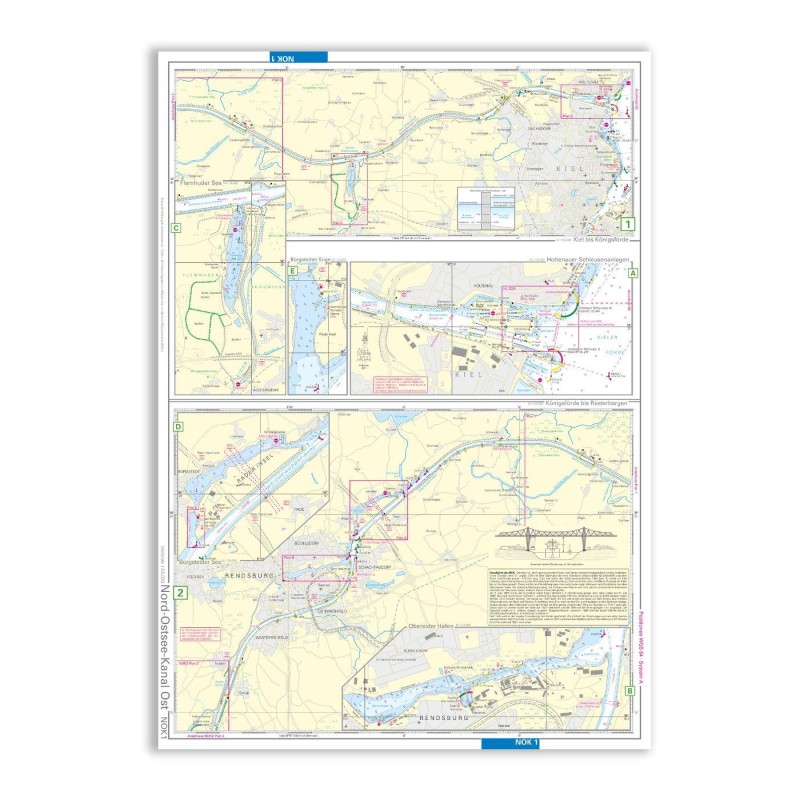
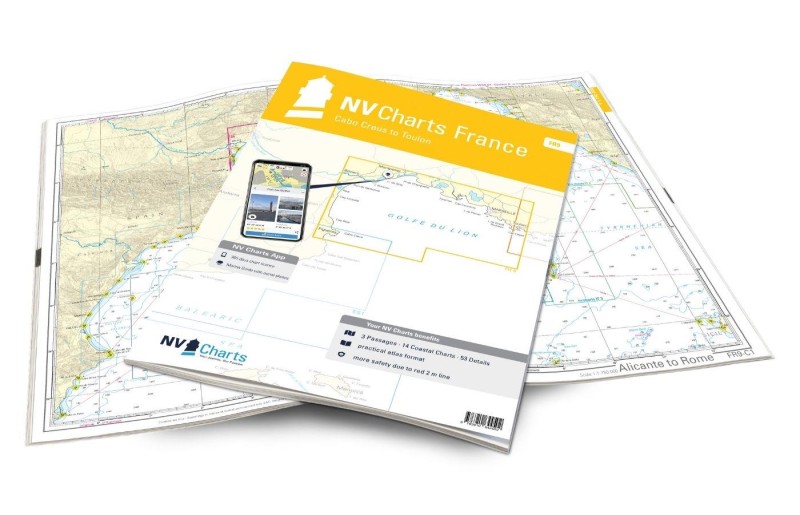
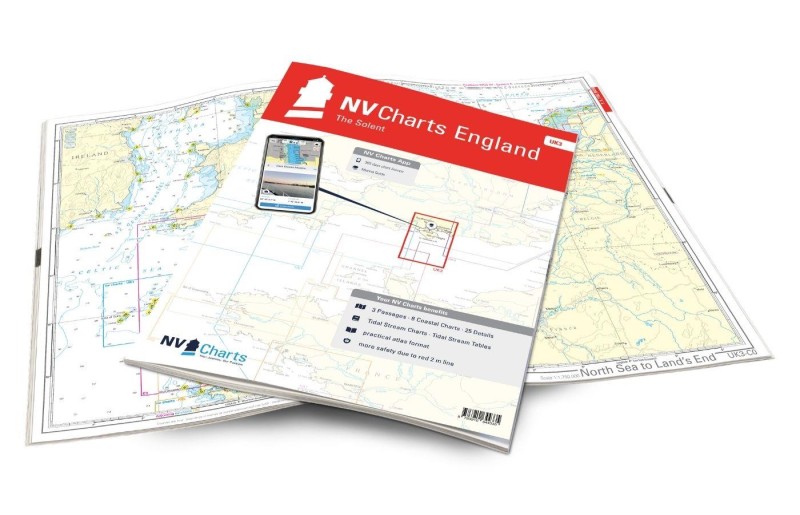
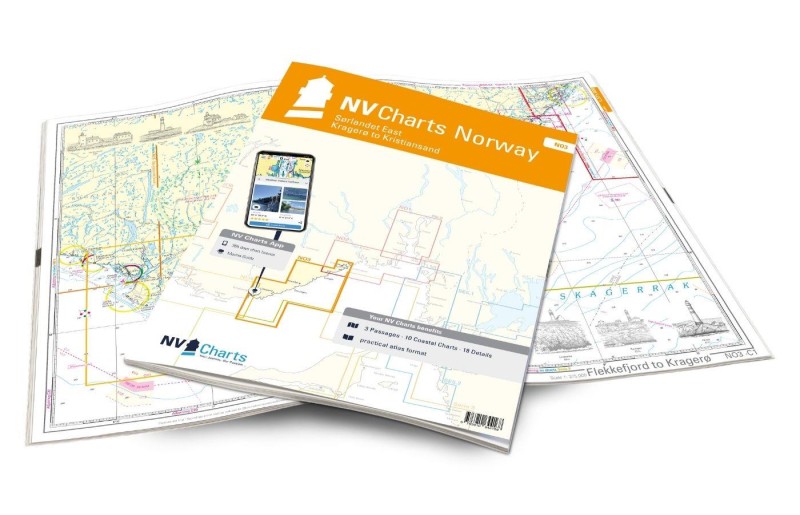
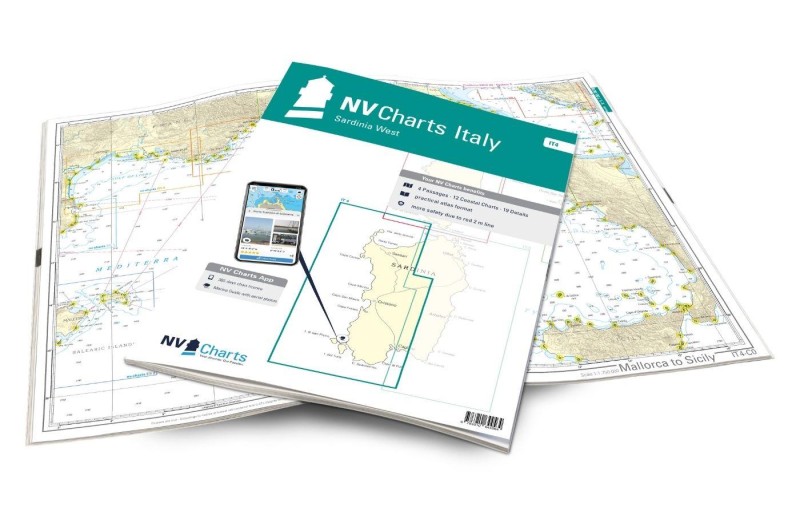
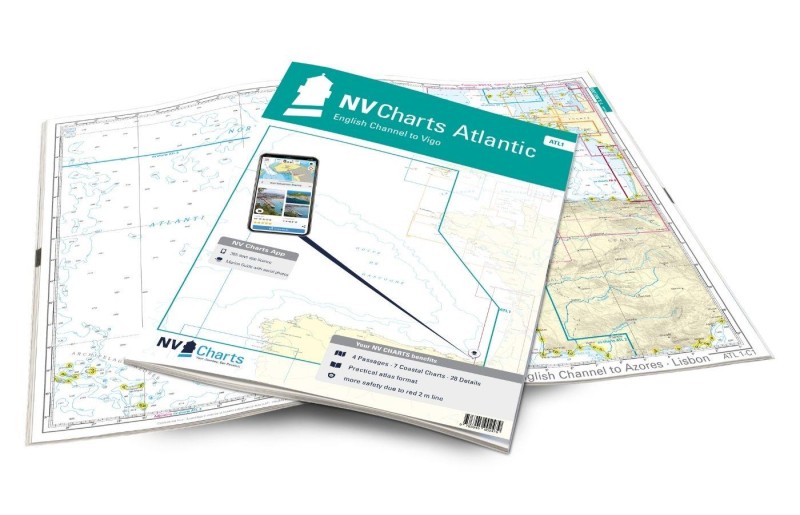
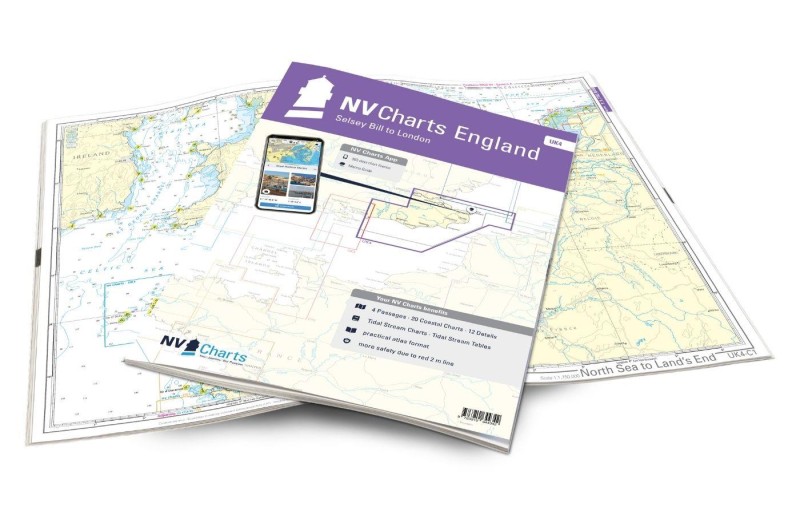
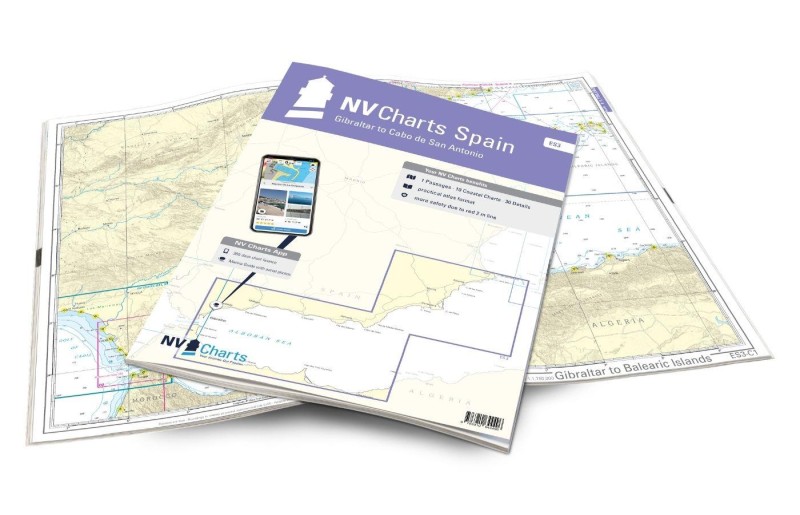
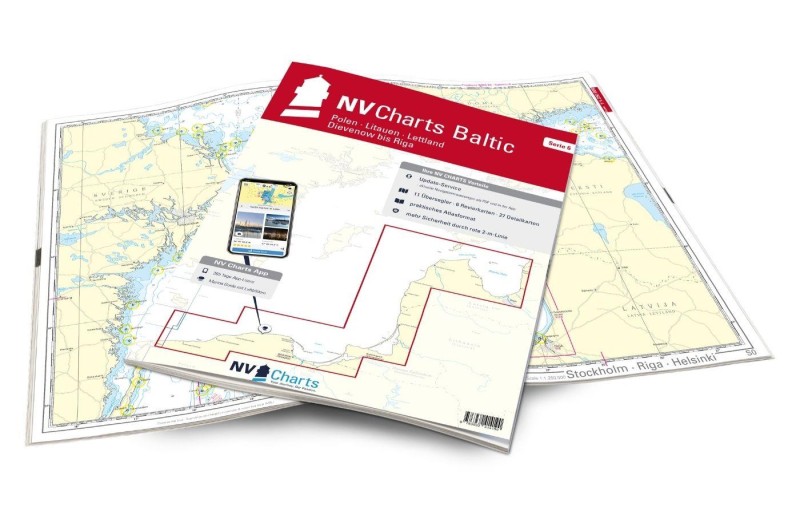
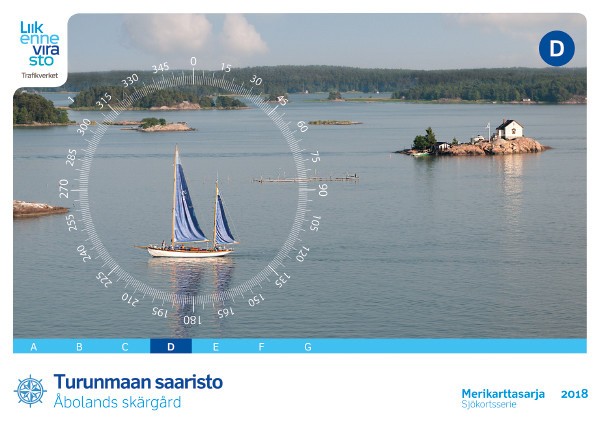
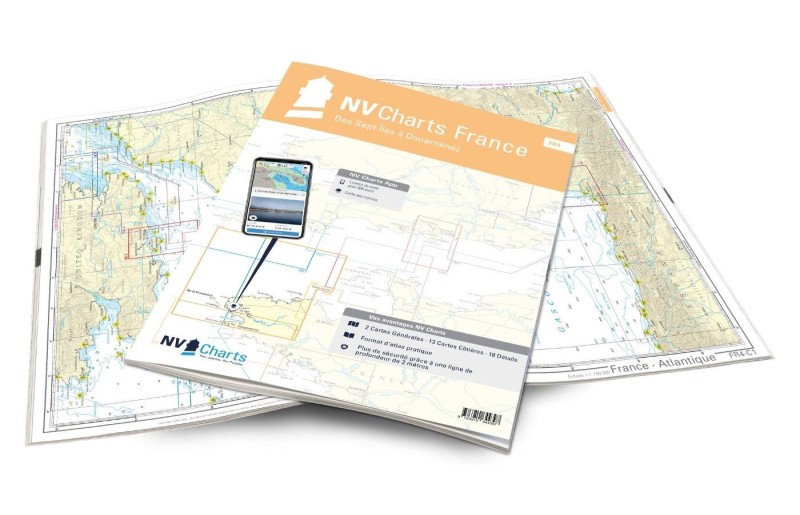
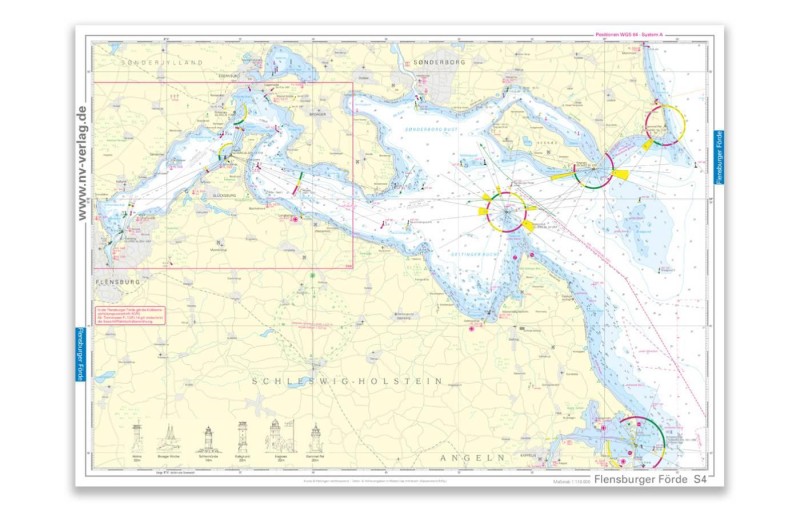
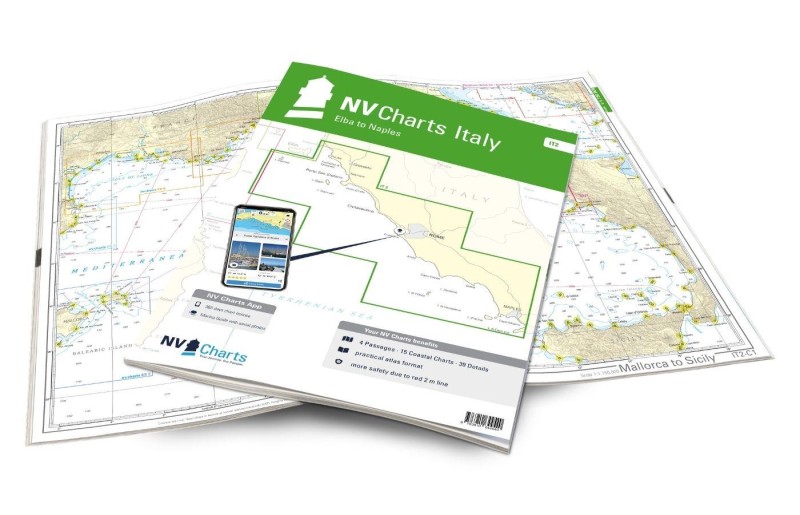
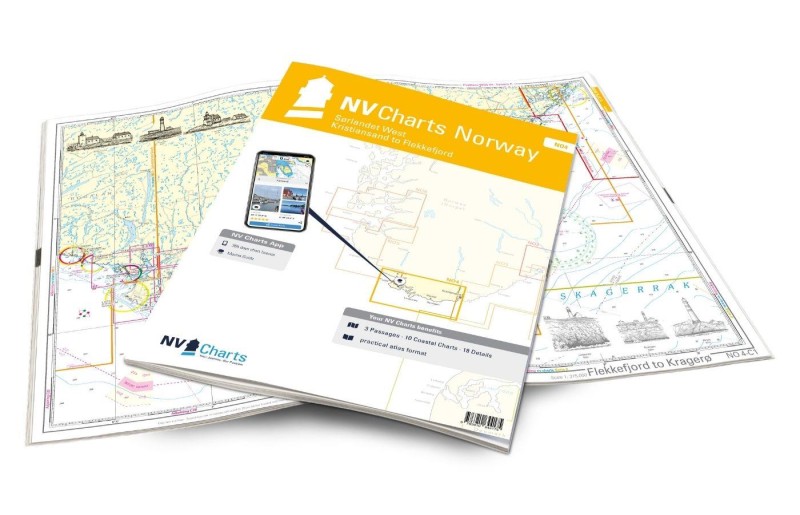
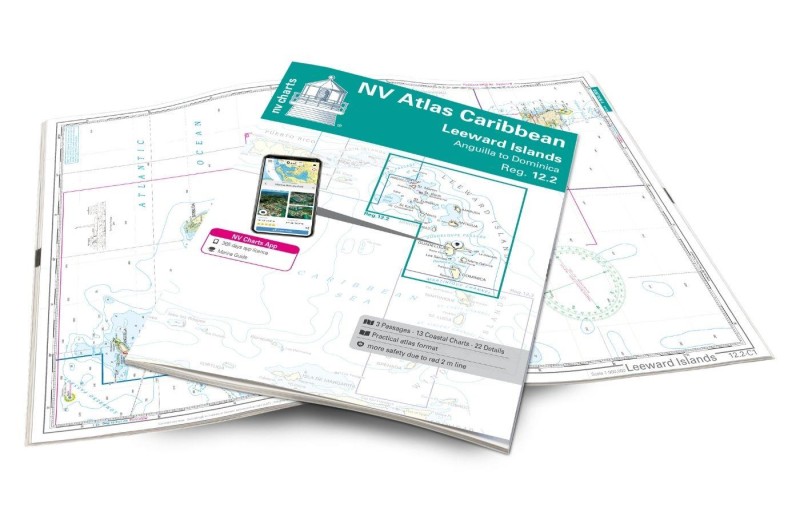
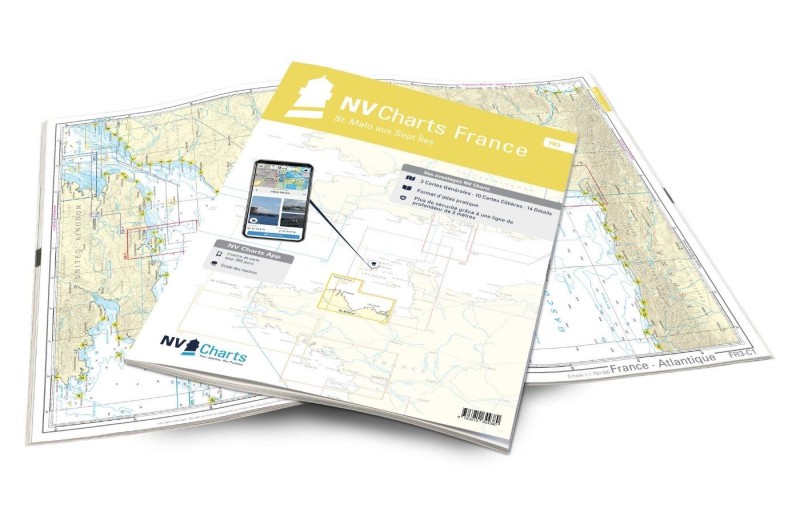
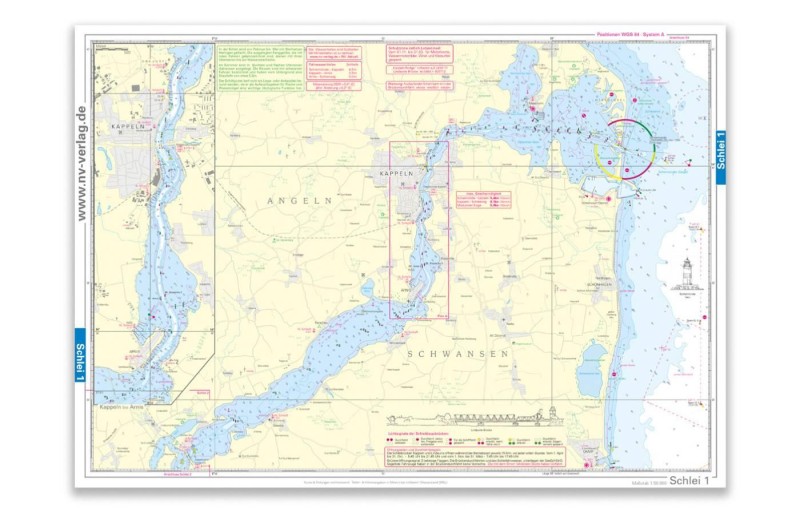
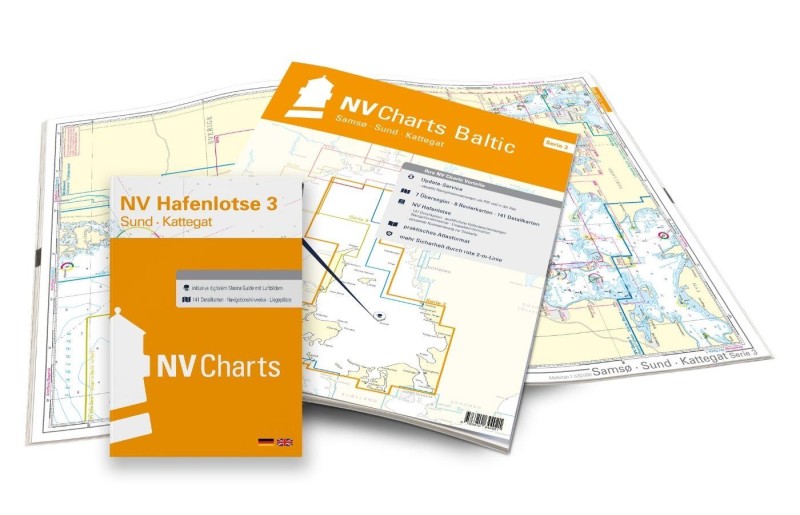
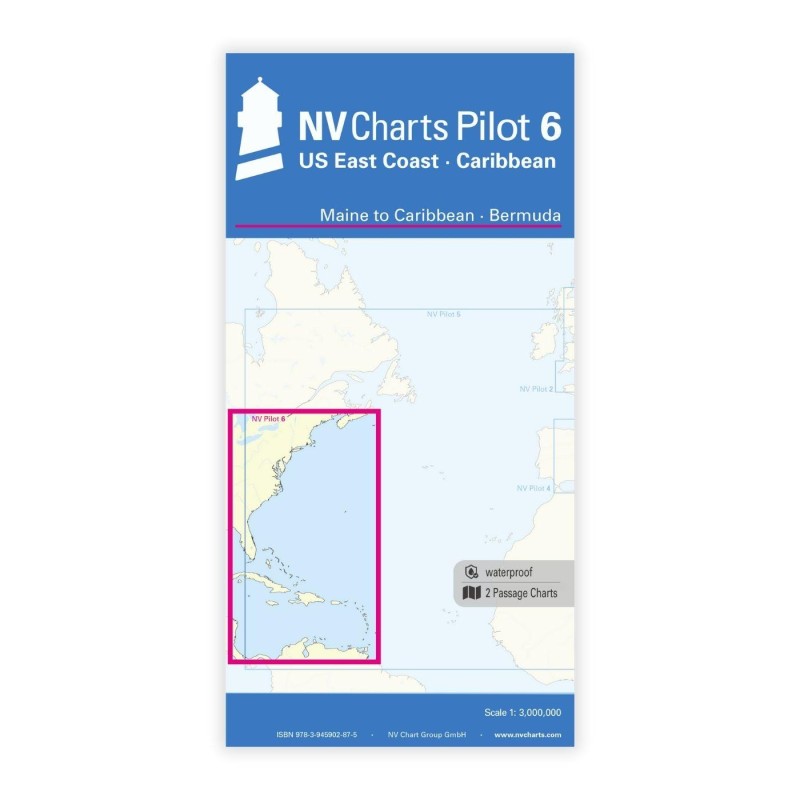
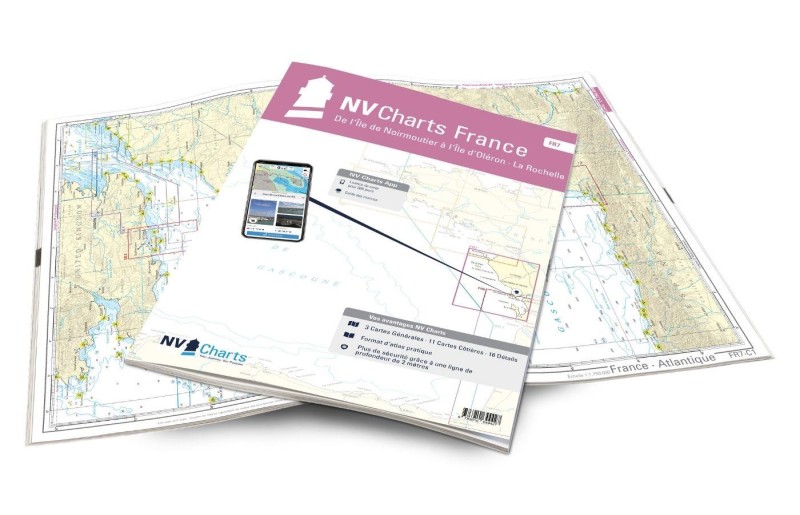
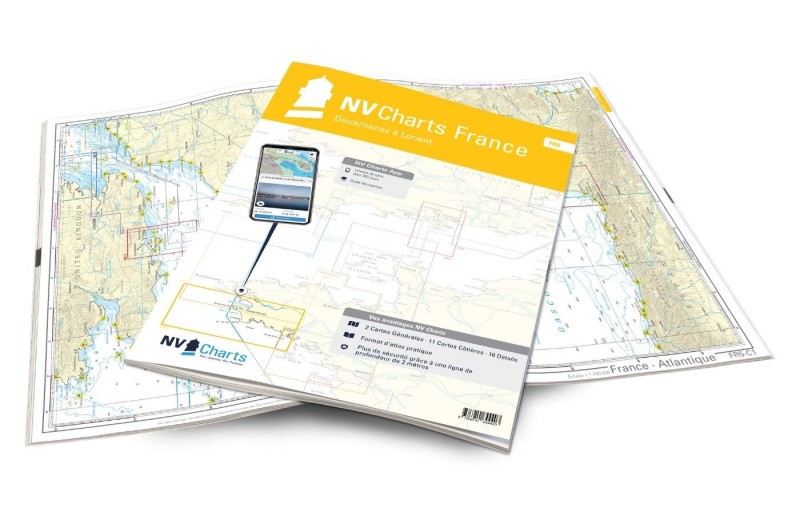
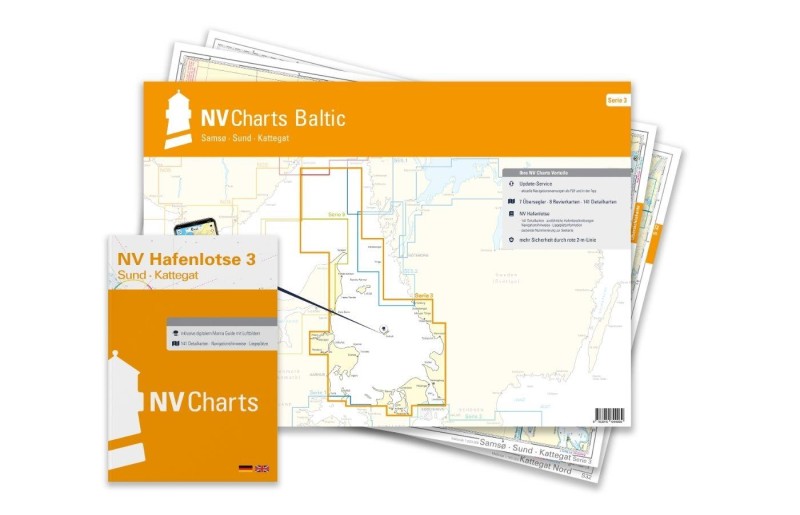
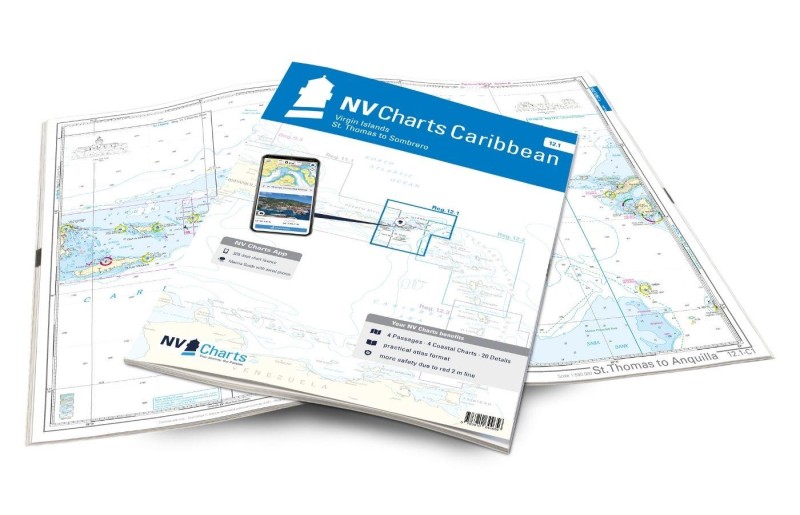
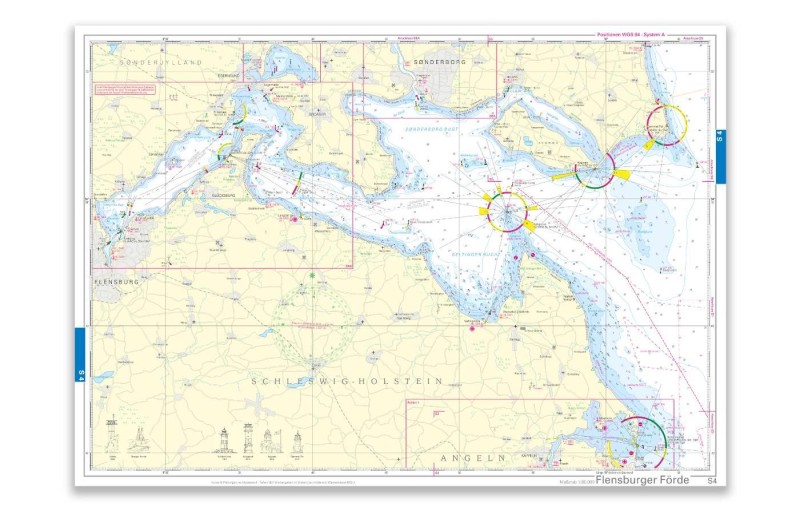
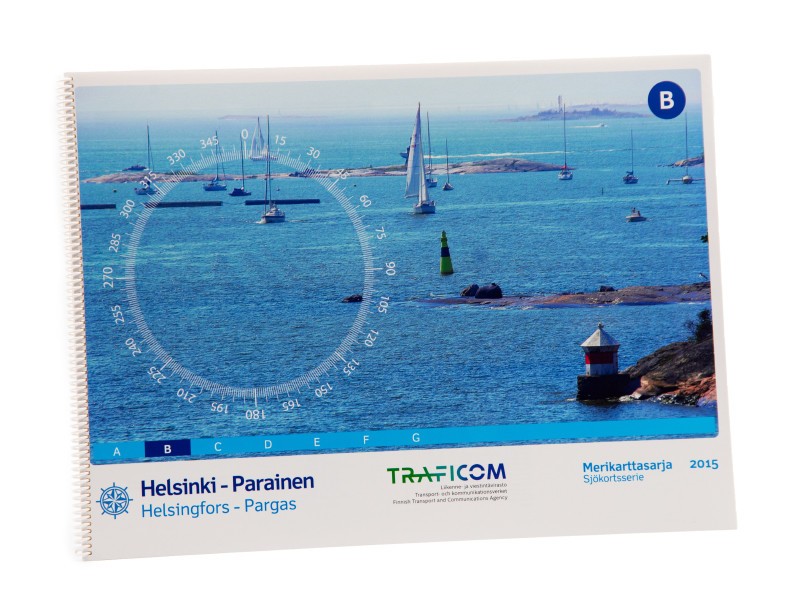
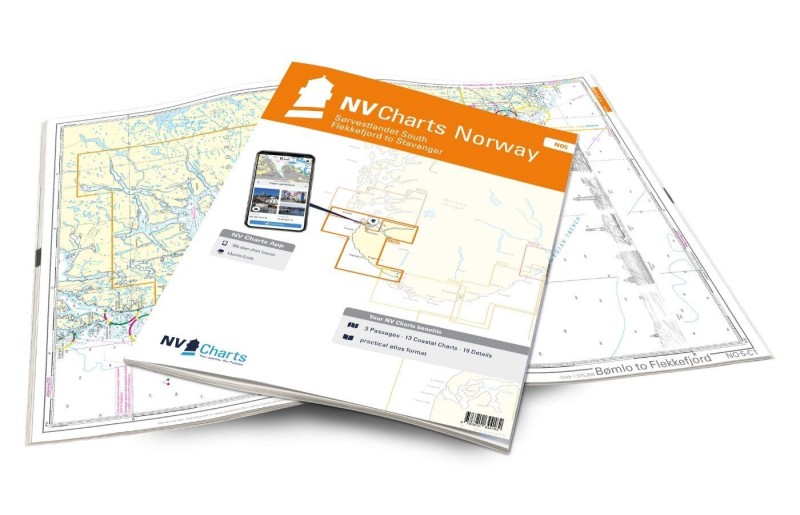
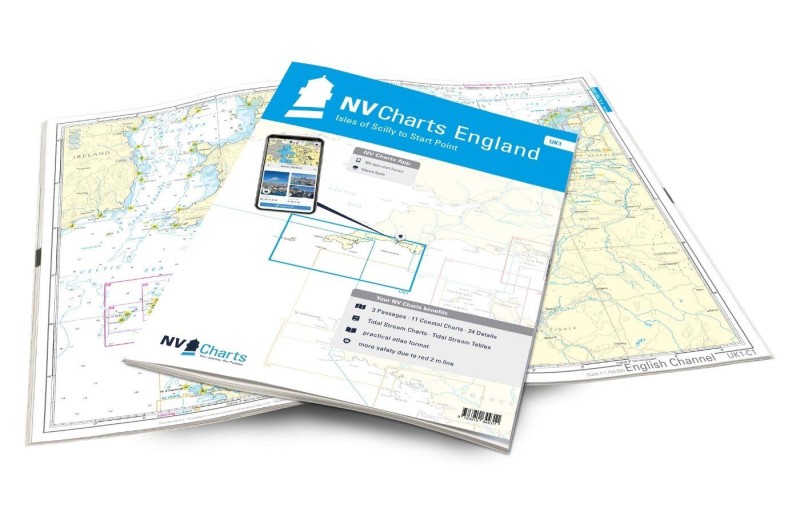
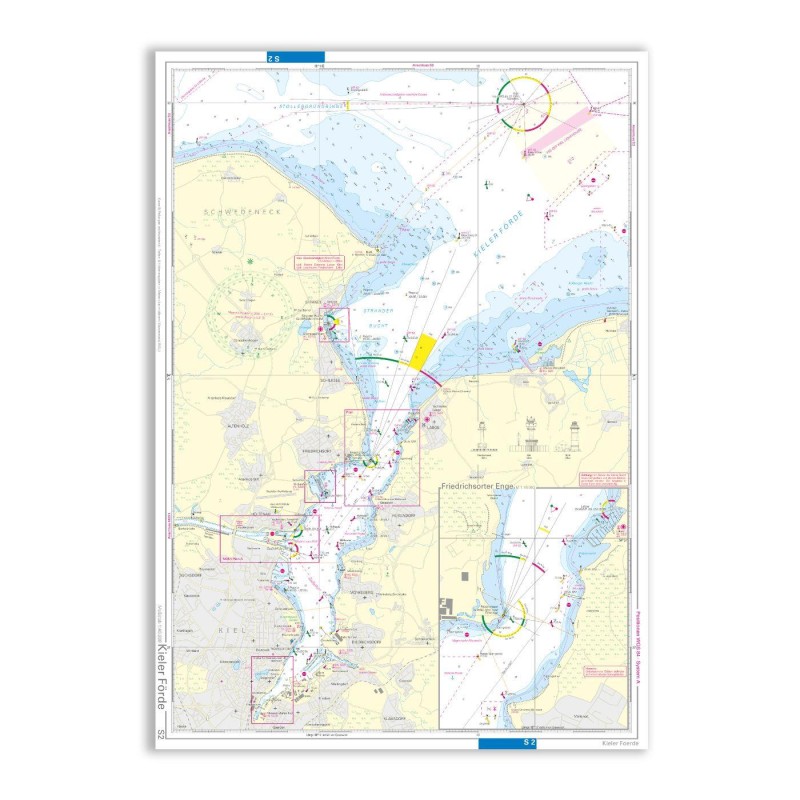
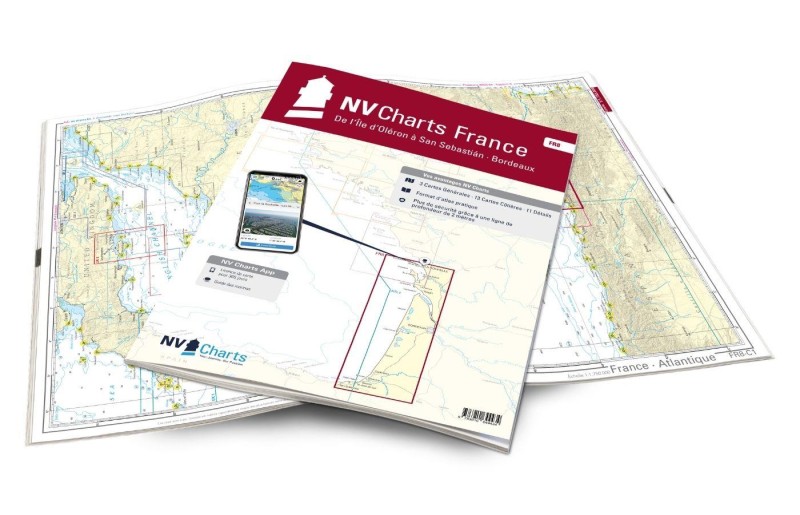
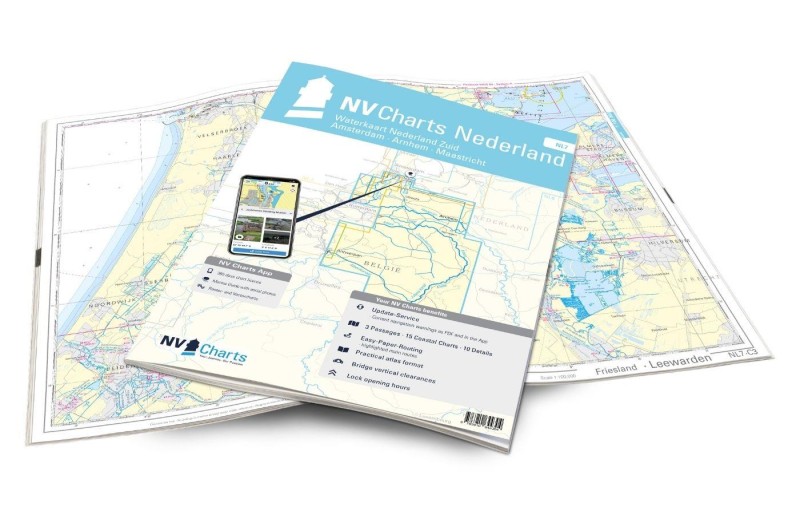
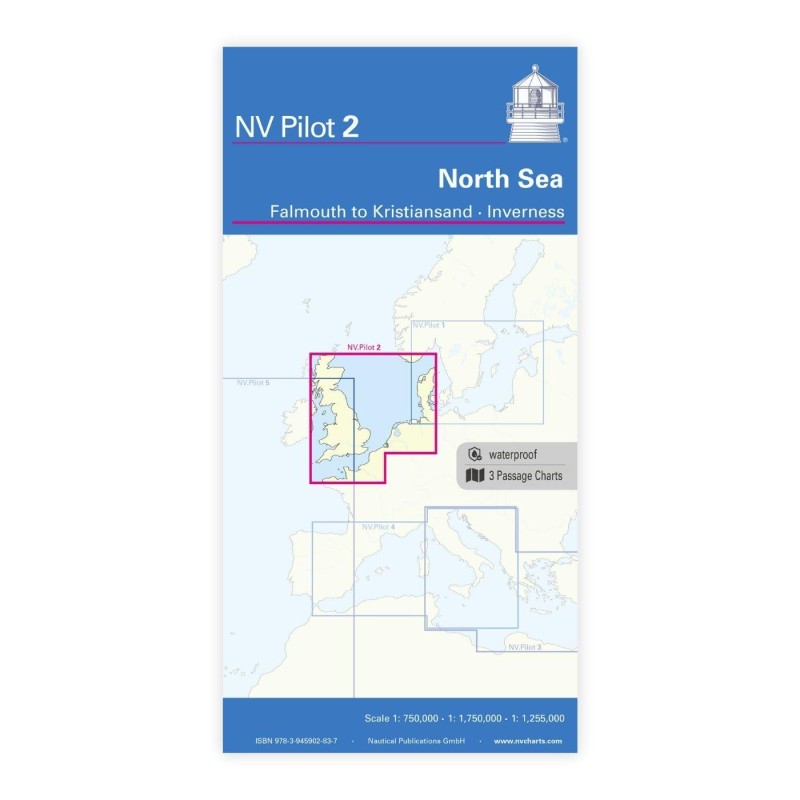
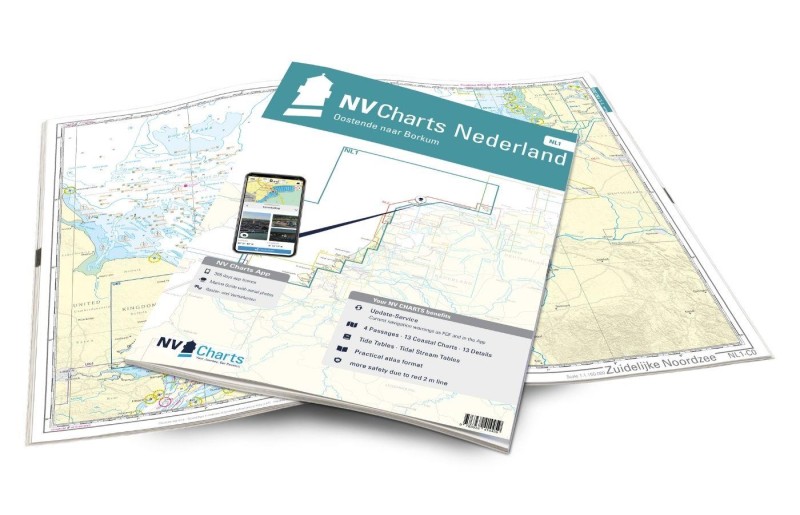
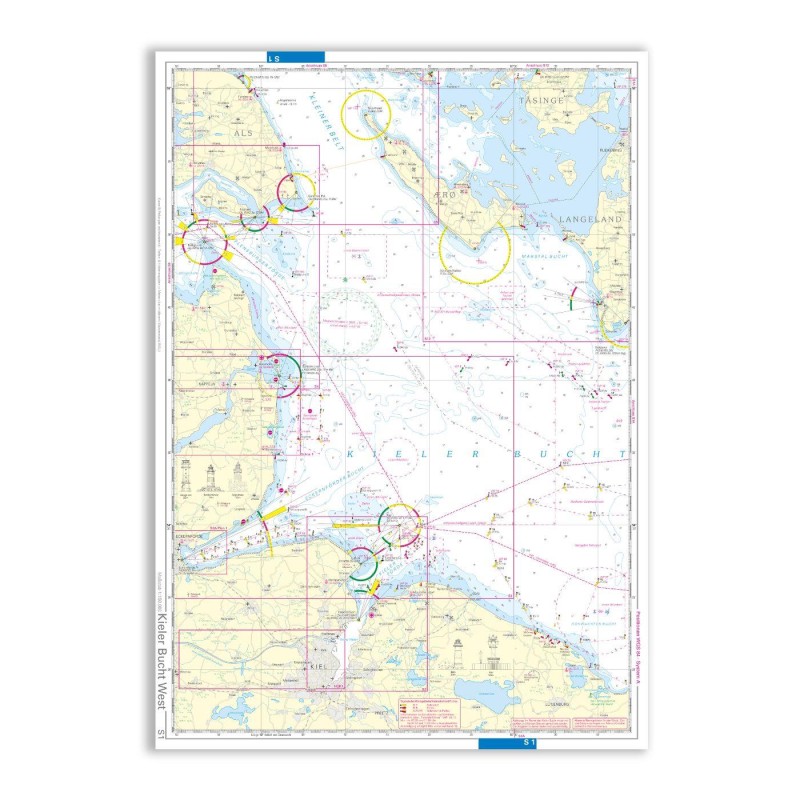
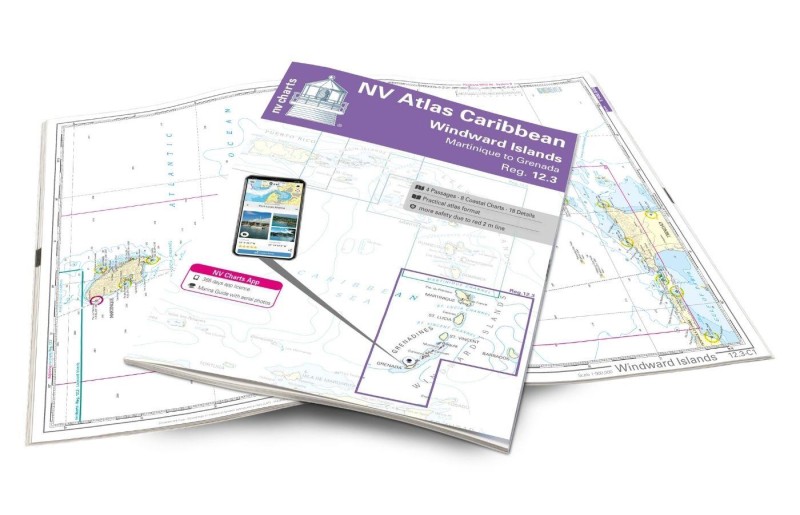
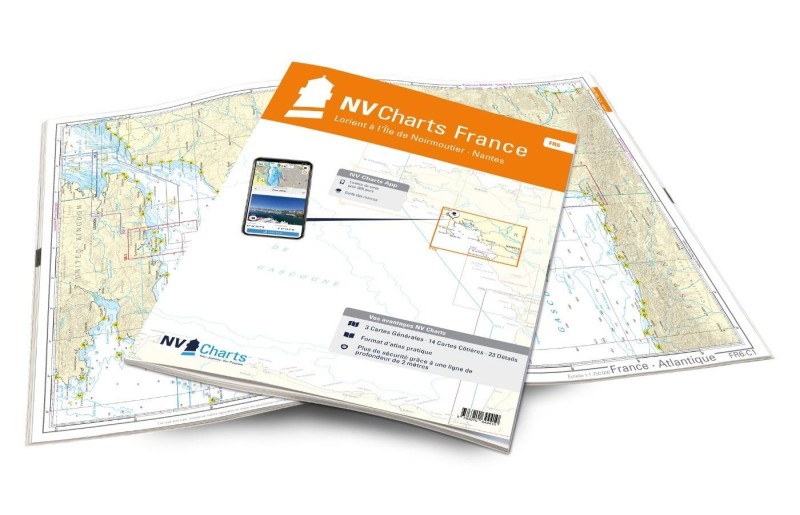
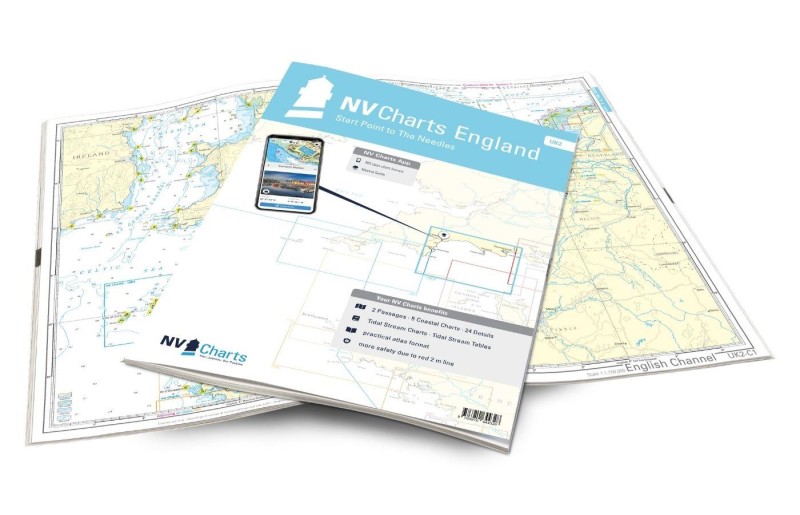
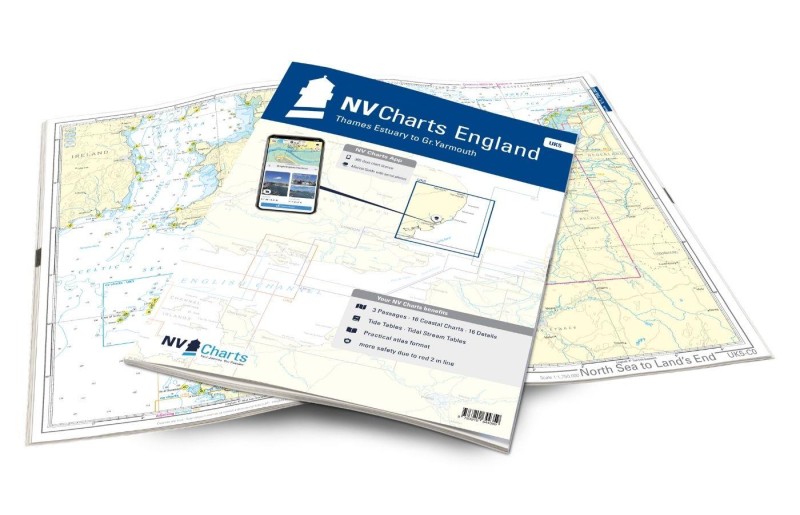
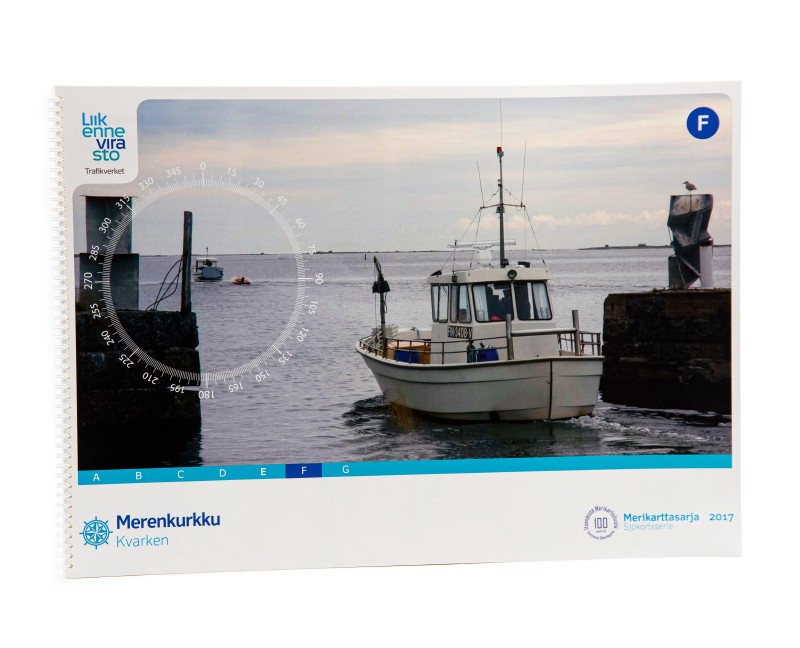
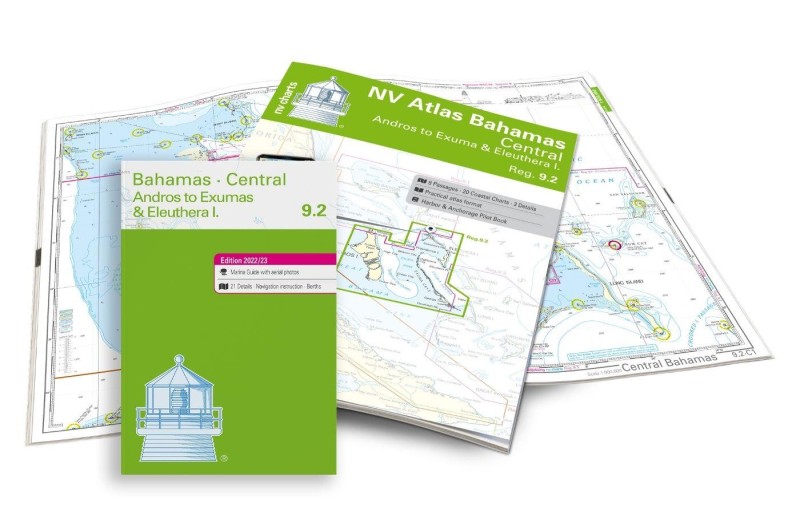
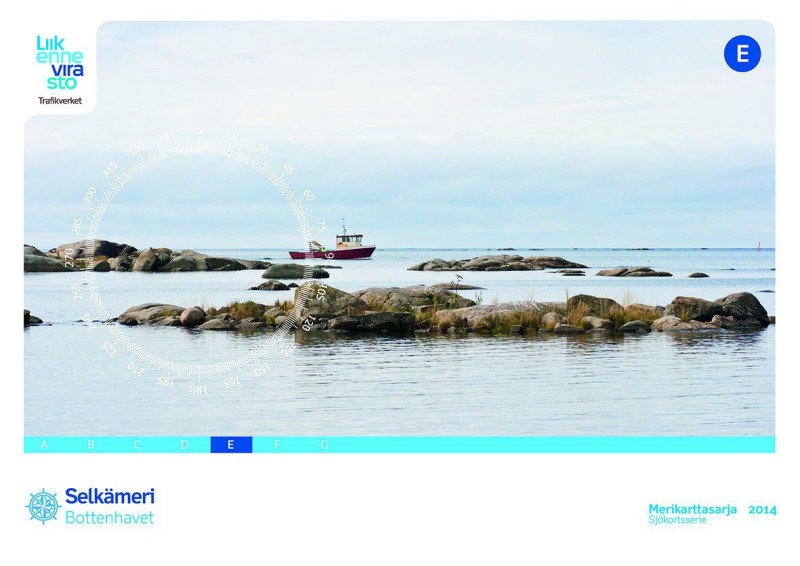
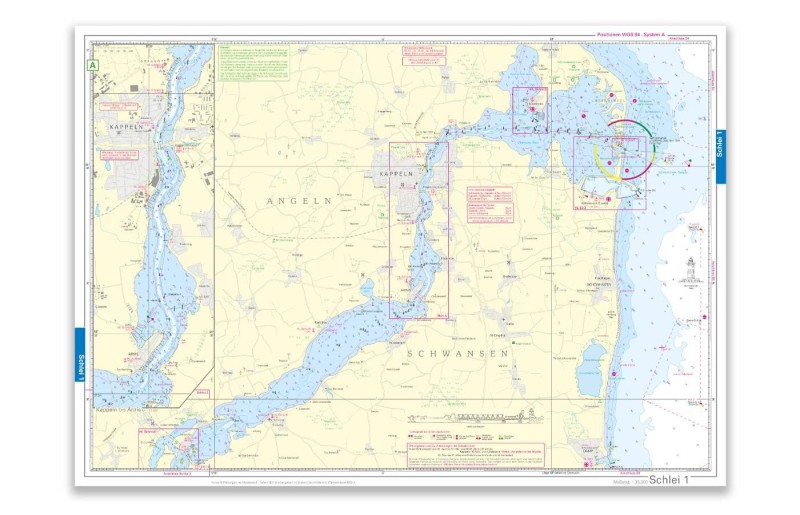
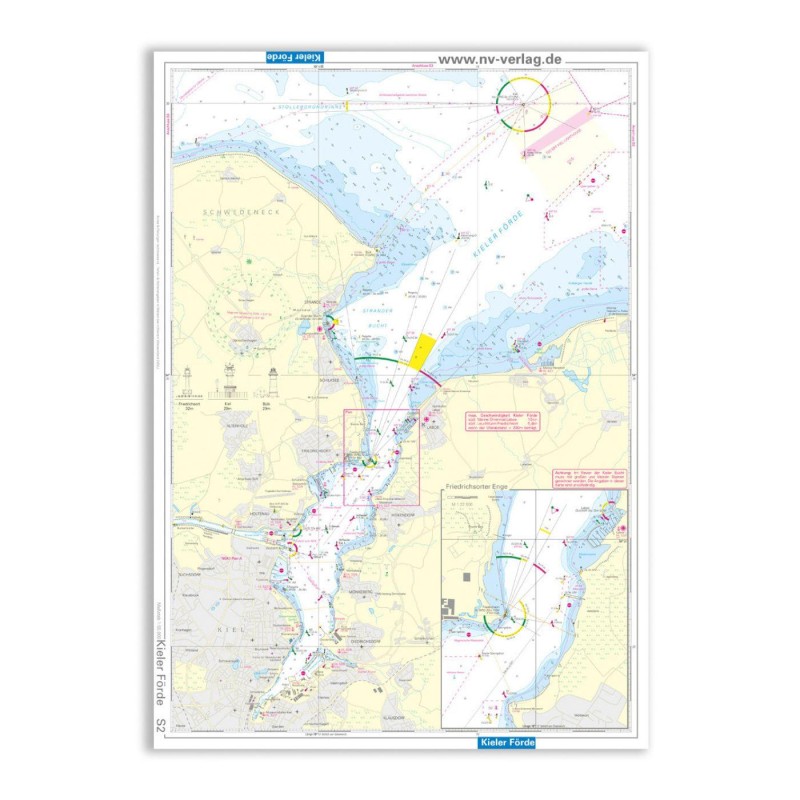
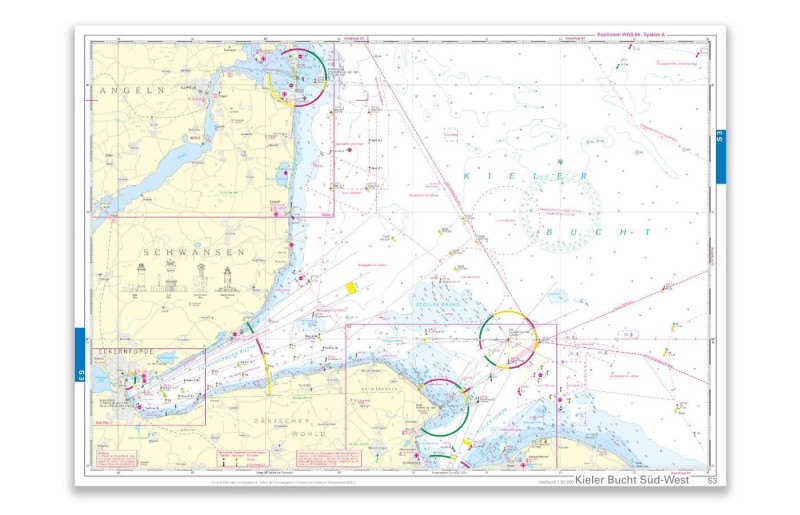
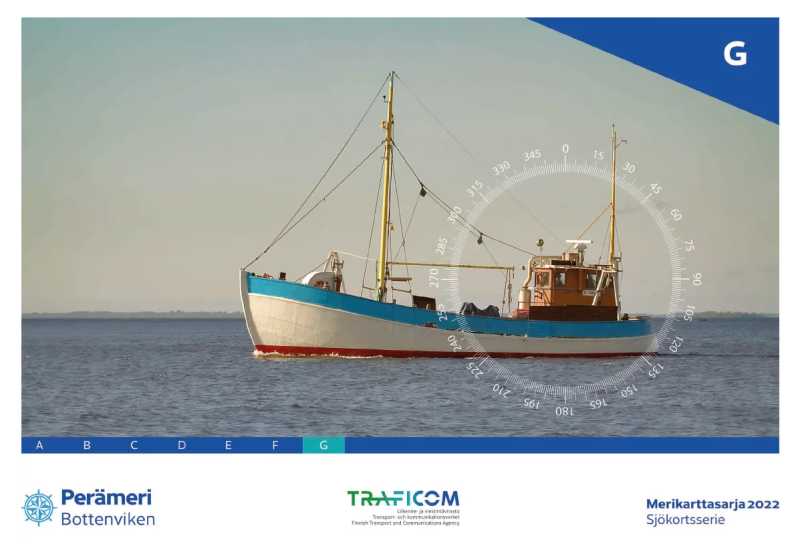
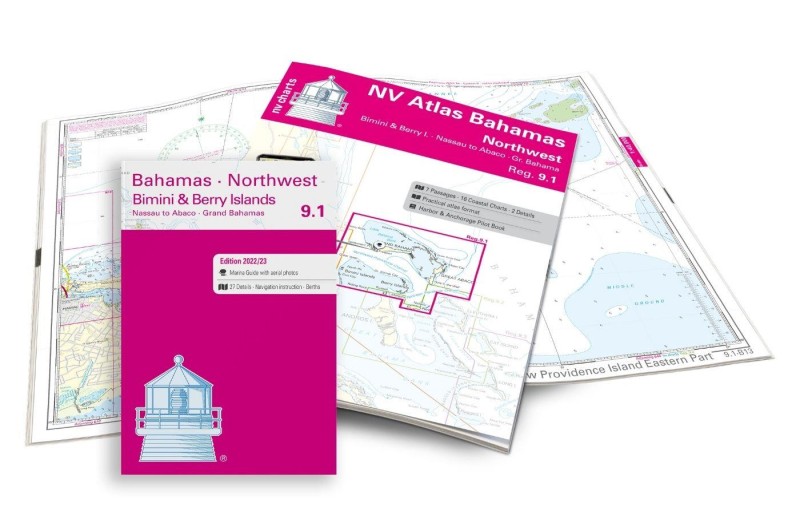
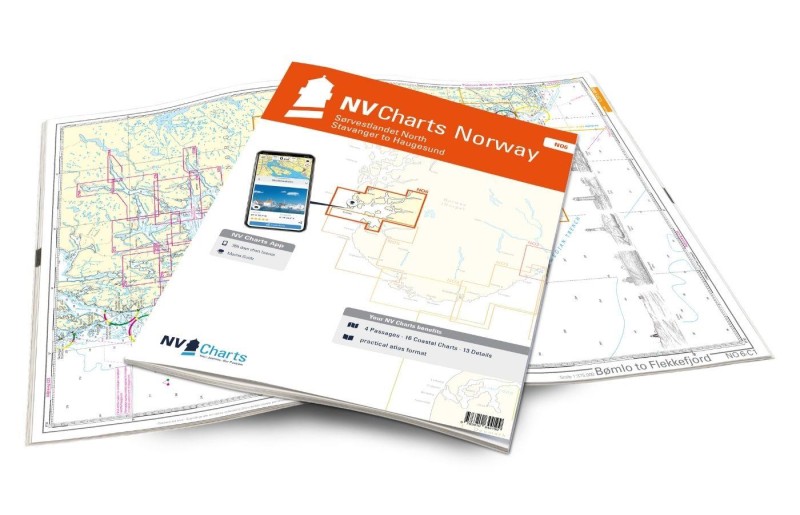
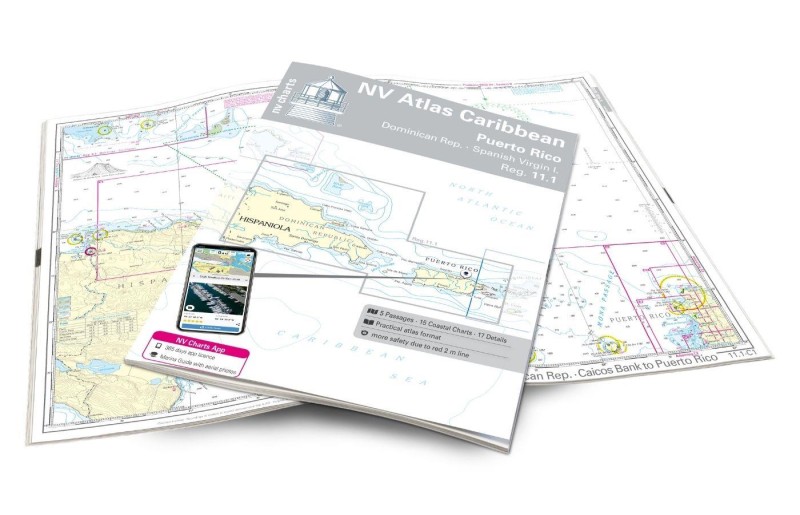
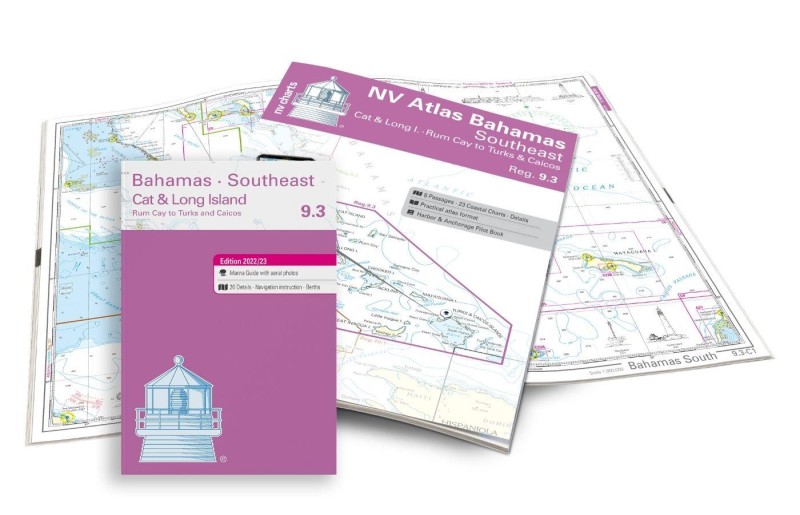
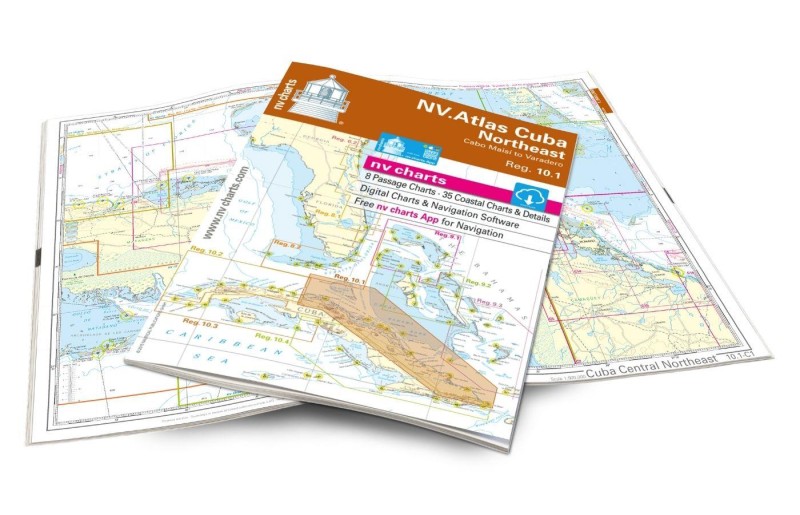
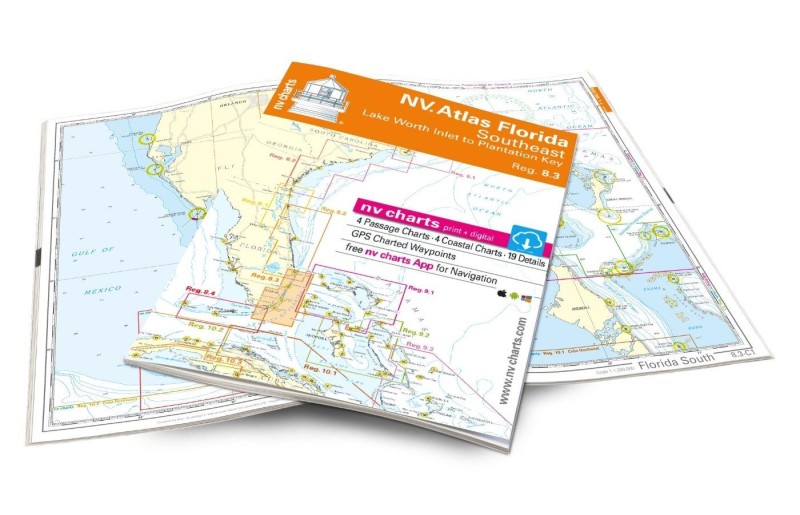
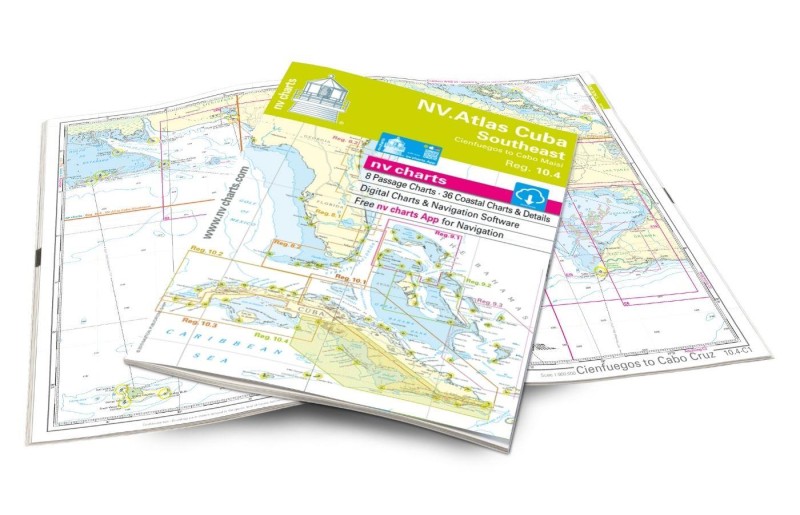
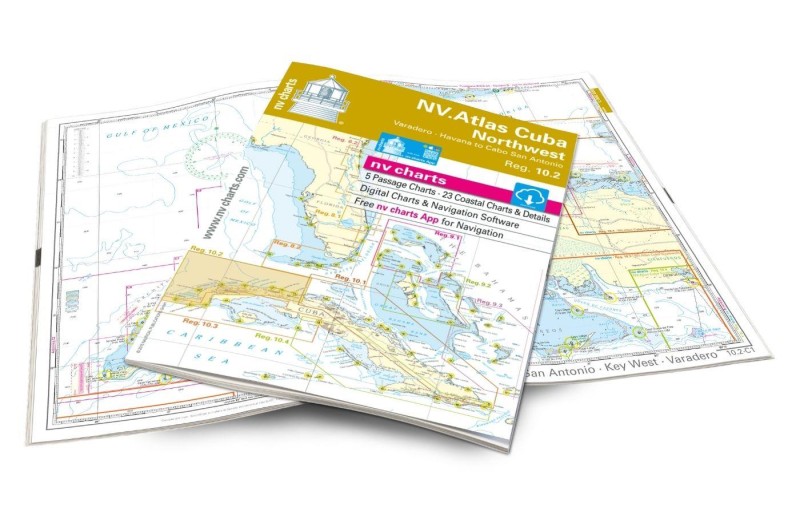
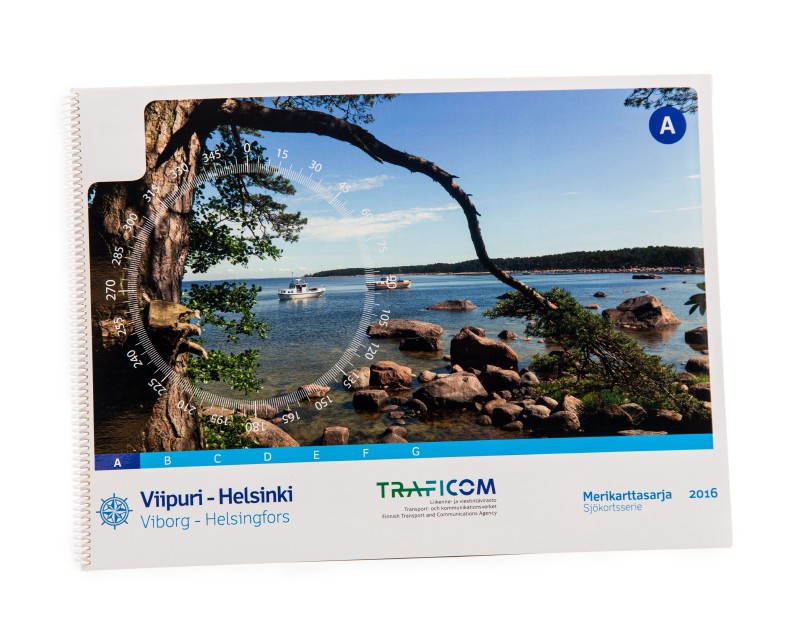
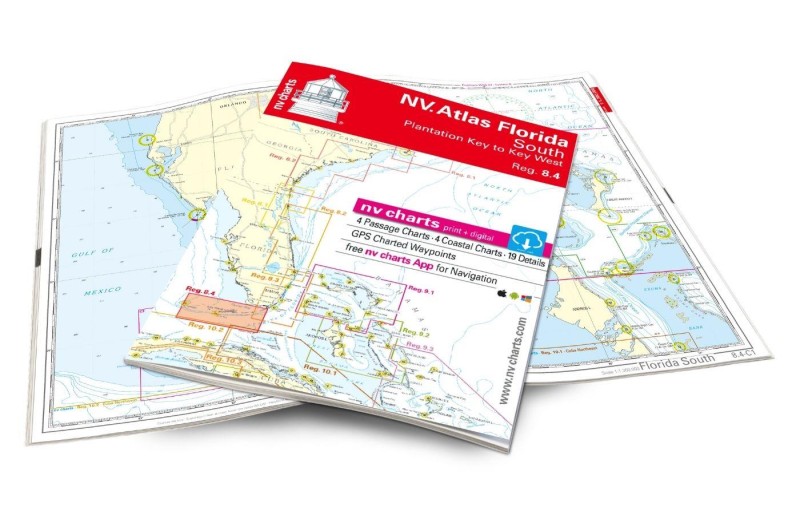
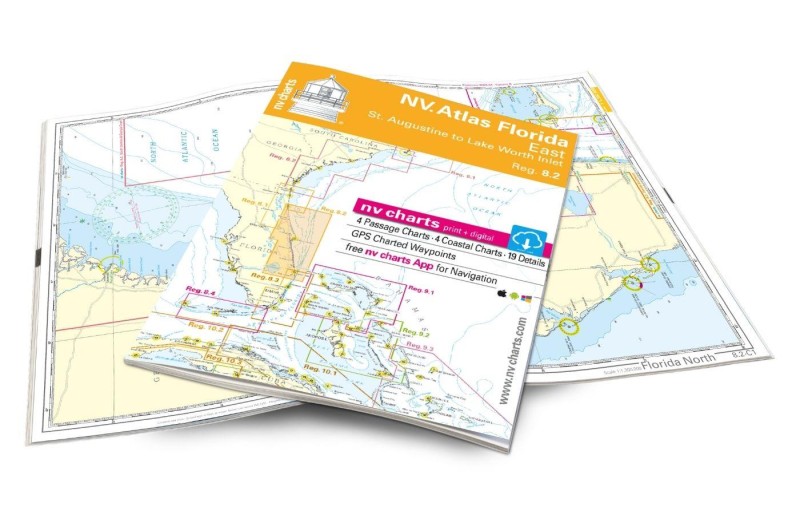
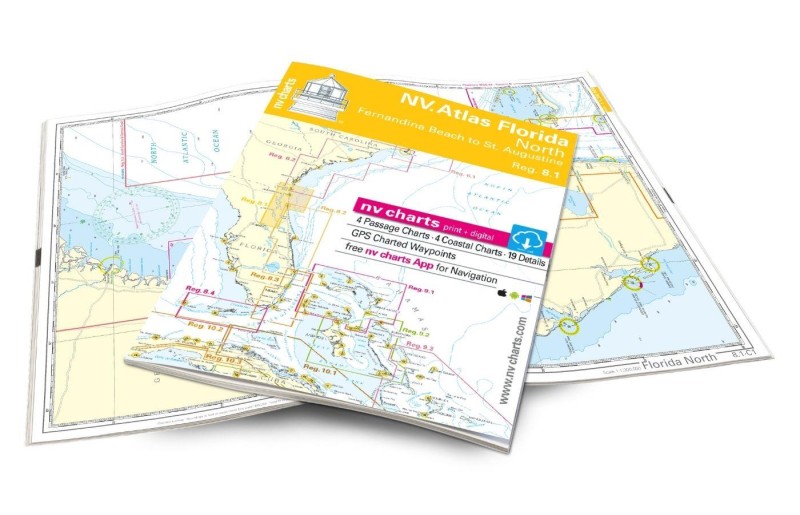
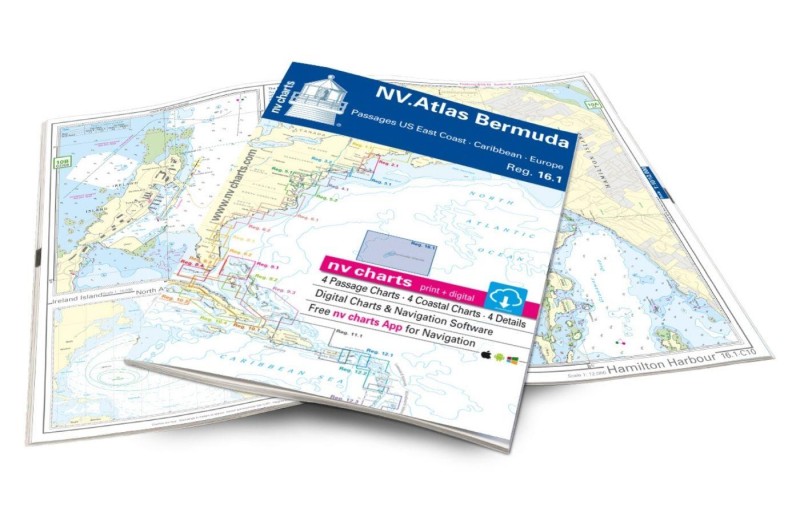
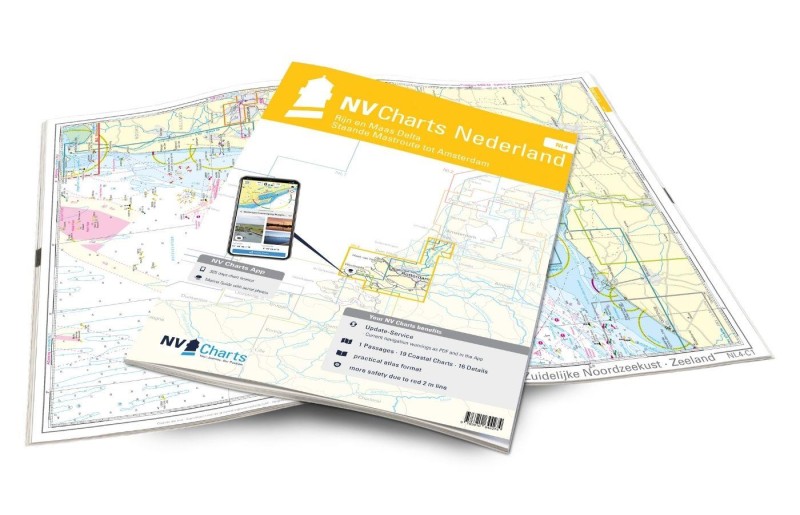
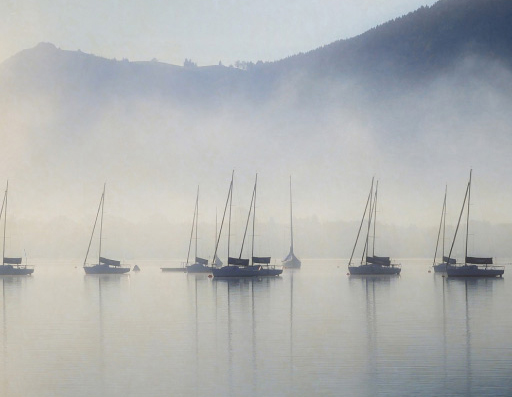
No comments or ratings have been added to this POI.